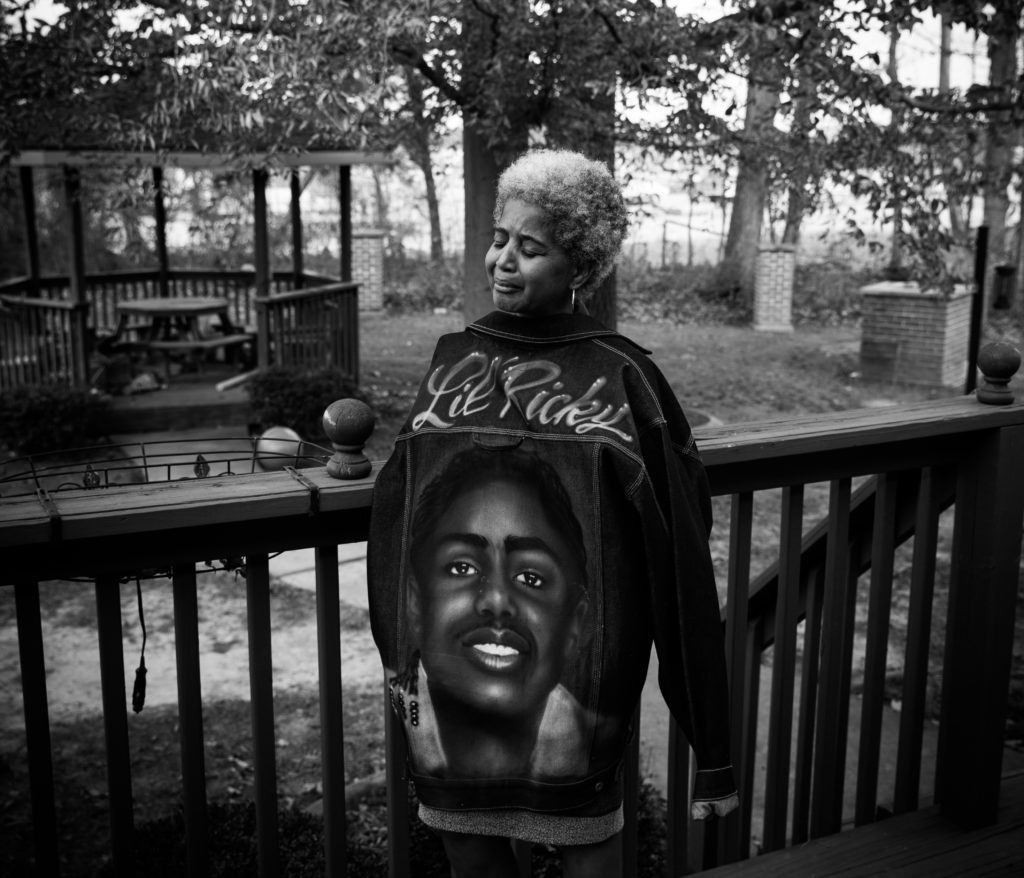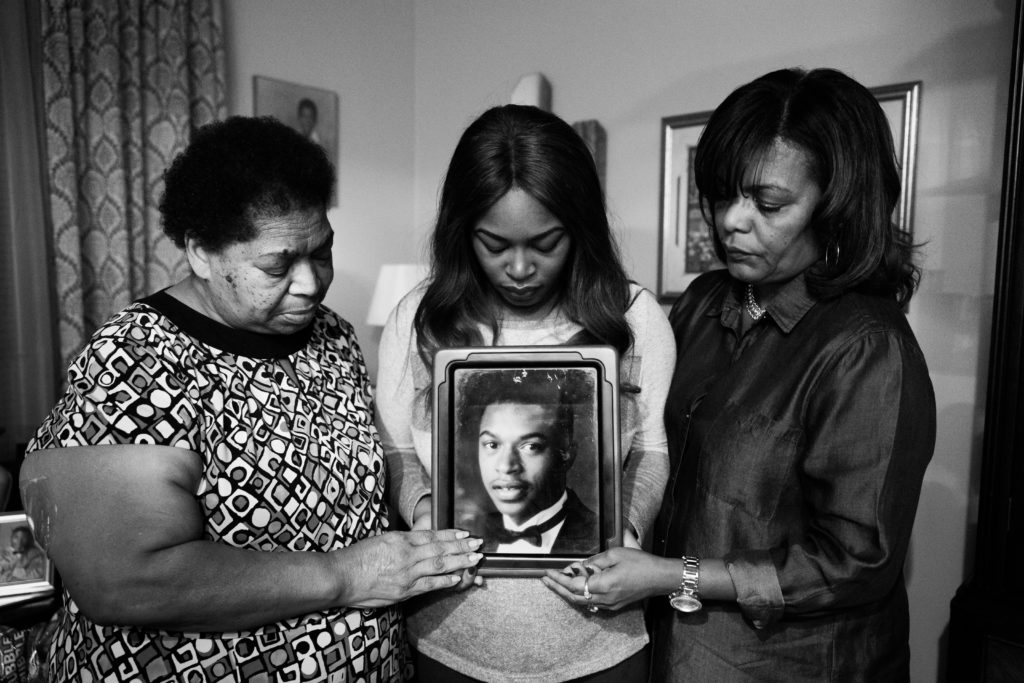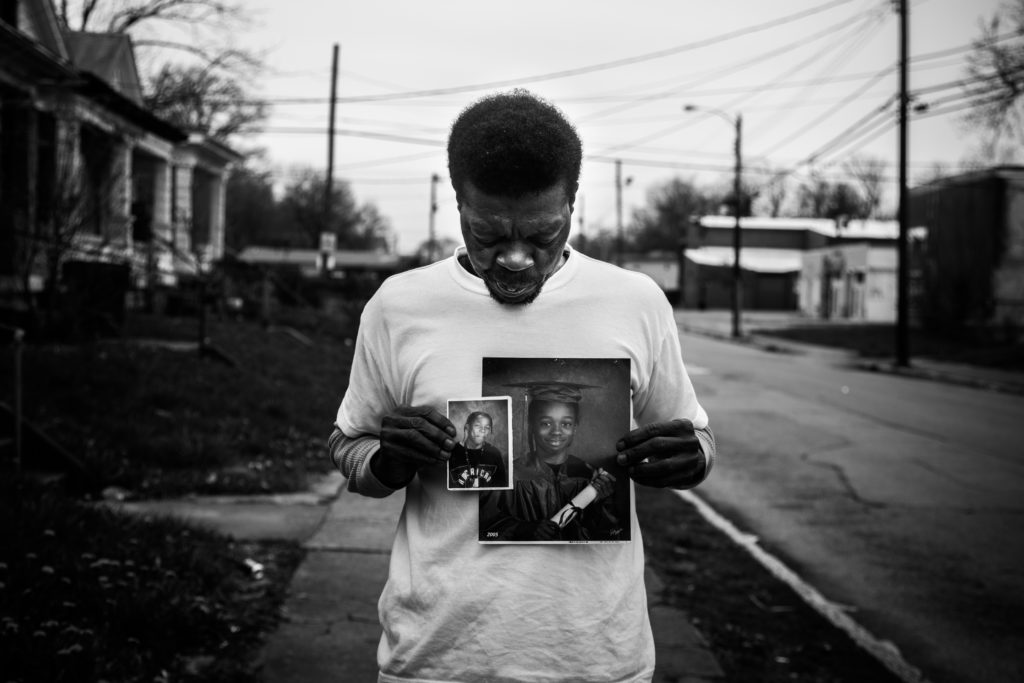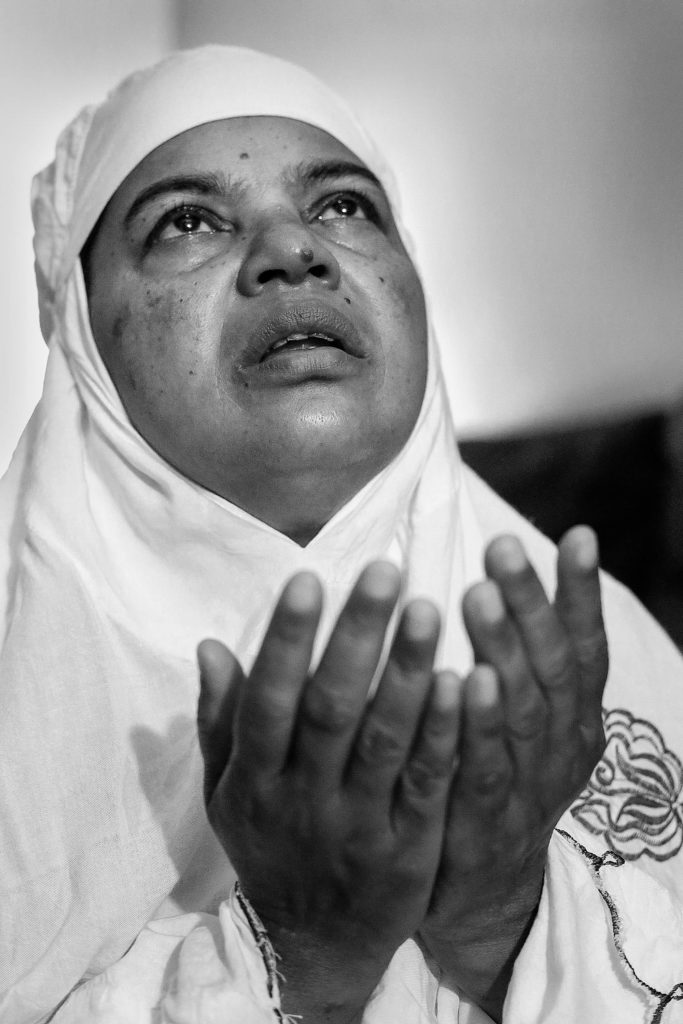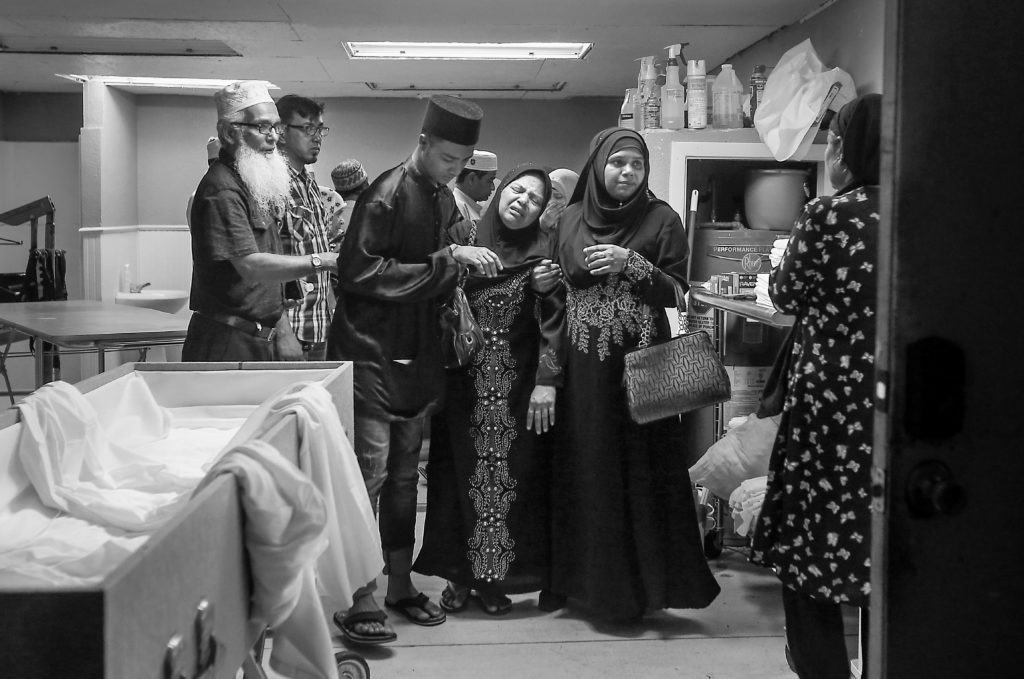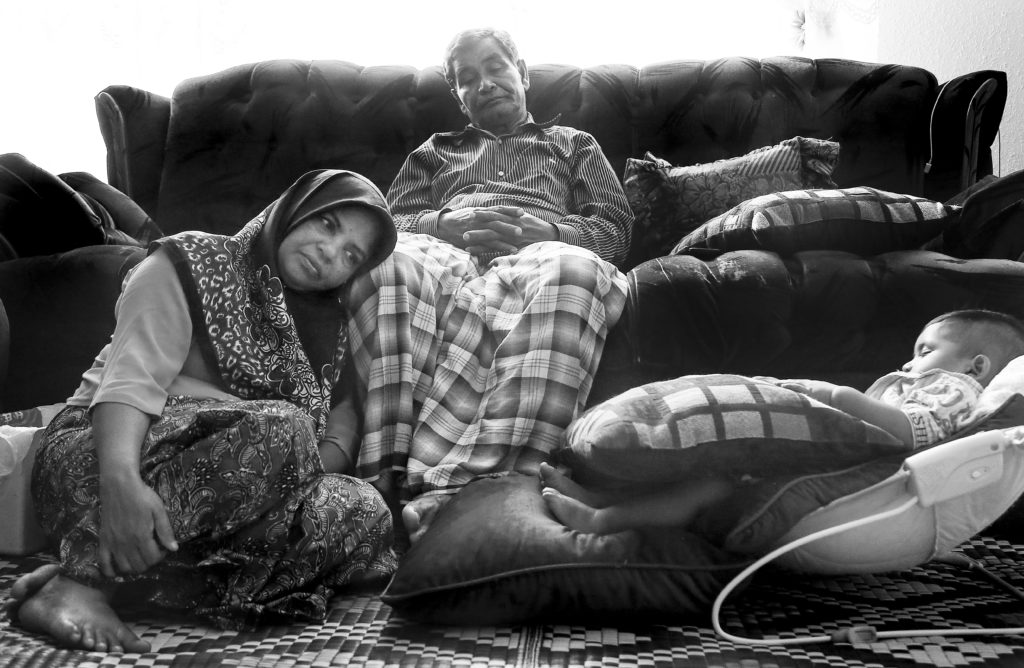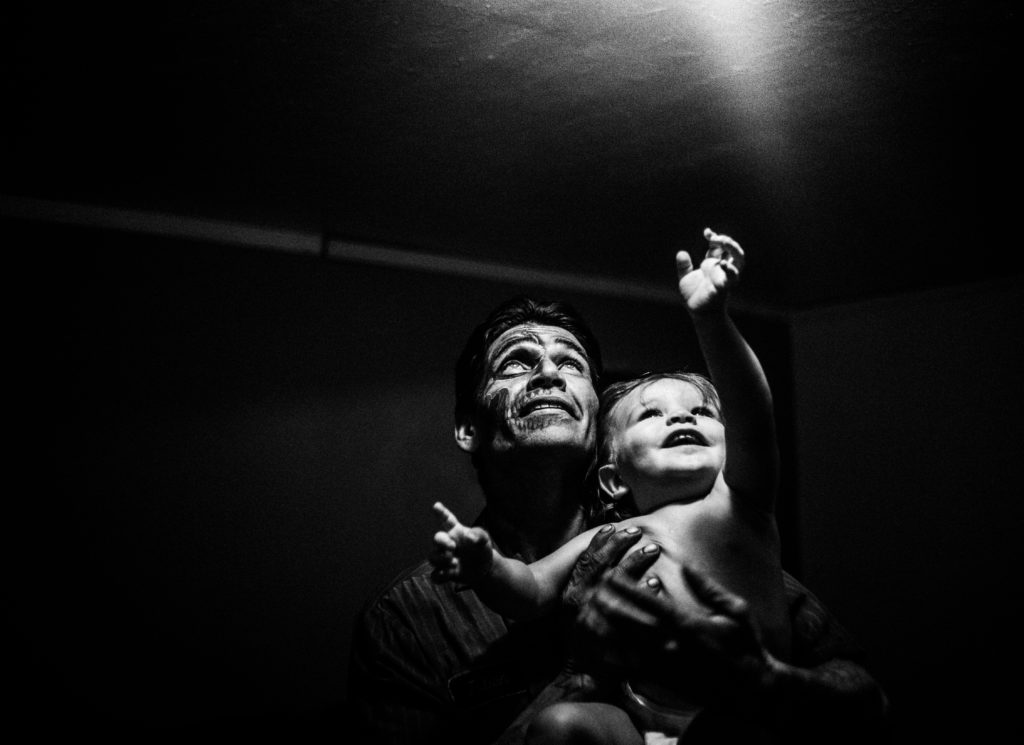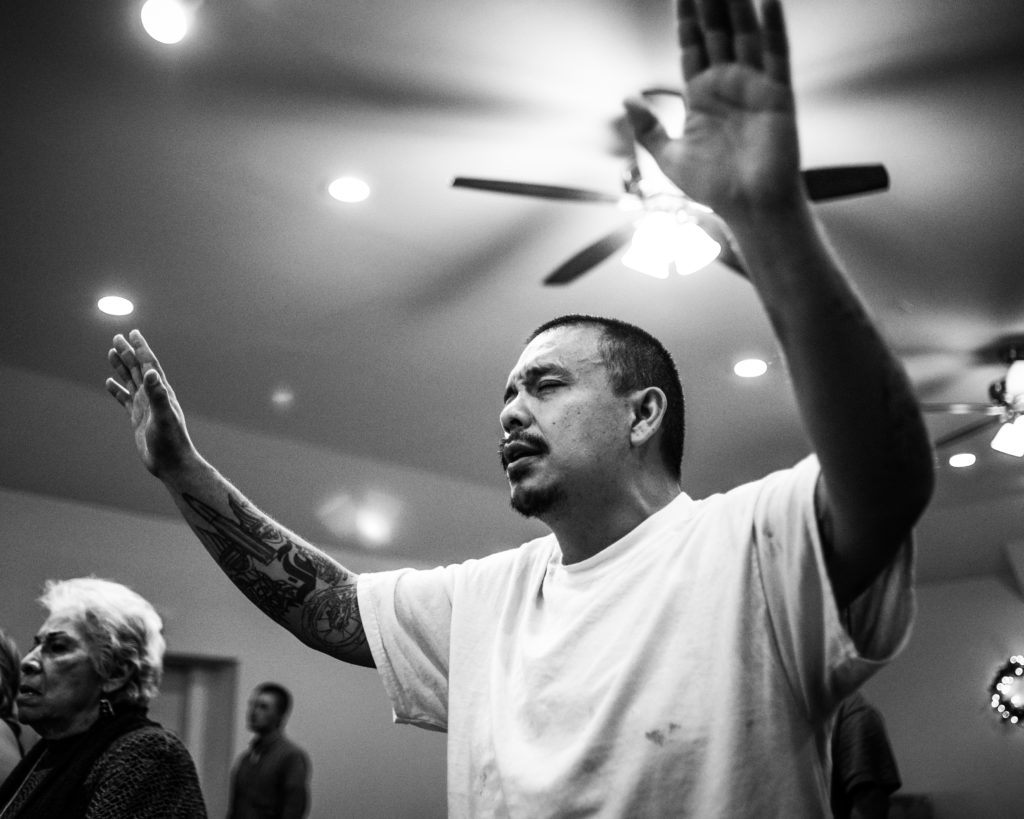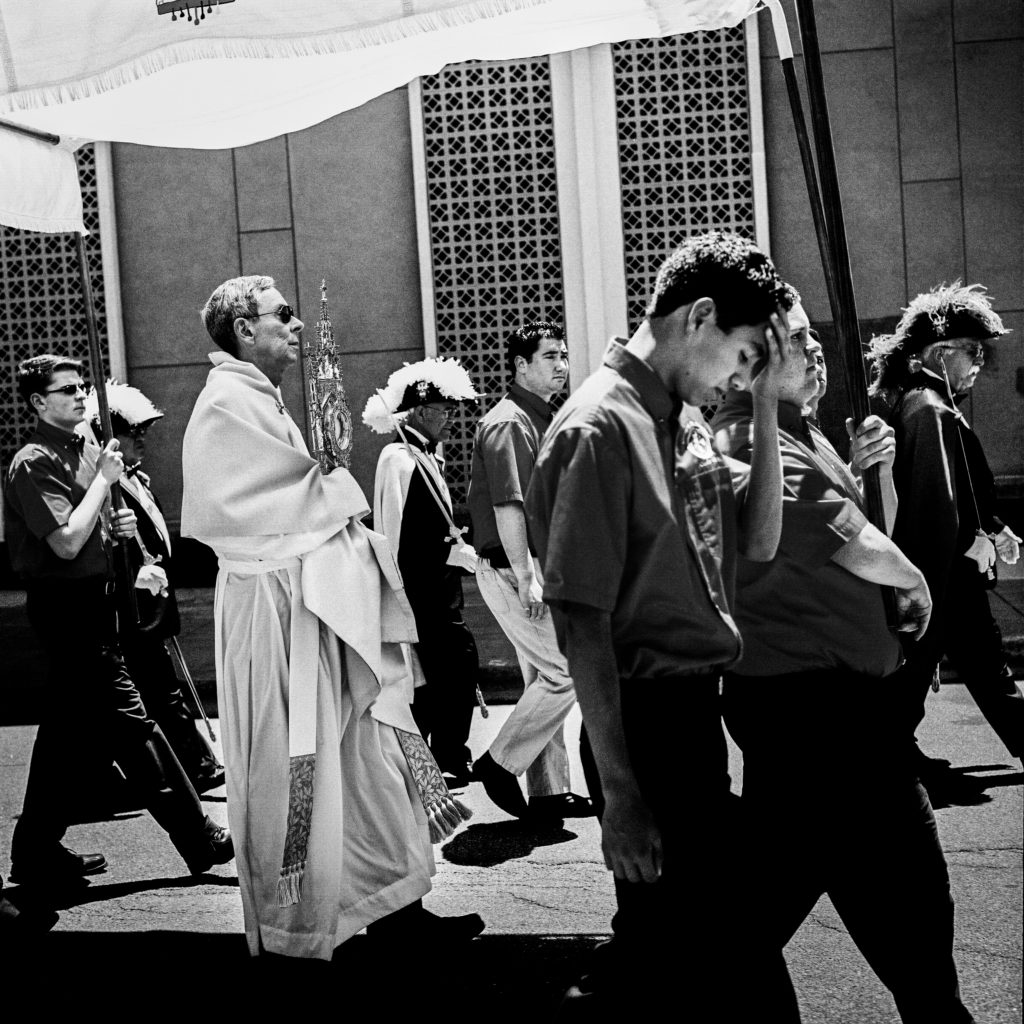According to a federal report released by the U.S. Department of Housing and Urban Development, Kentucky saw a nearly 10 percent increase in the number of individuals experiencing homelessness from 2023 to 2024. According to the 2024 Kentucky Housing Corporation “K-Count,” in Bowling Green, the seat of Warren County, just over 150 people live year-round without any form of long-term housing or a straightforward path to obtain it.
The individual experience of each person varies, but they all share a common struggle of survival in the streets.
View Arthur Trickett-Wile’s spring 2024 senior project documenting the homeless community in Bowling Green, Ky and those that work to help them. https://www.arthur-trickett-wile.com/homelessness-in-bowling-green
Lester Martin sleeps through the dawn on a bench along a Park Greenway Trail behind Kereiakes Park and Fairview Cemetery in Bowling, Ky. Lester says he likes the spot because it is secluded and affords him the occasional glimpse of nature. “It’s really peaceful—no one bothers you,” he said. “A lot of time you’ll see deer. I had a little possum who would sleep down under my bench.”
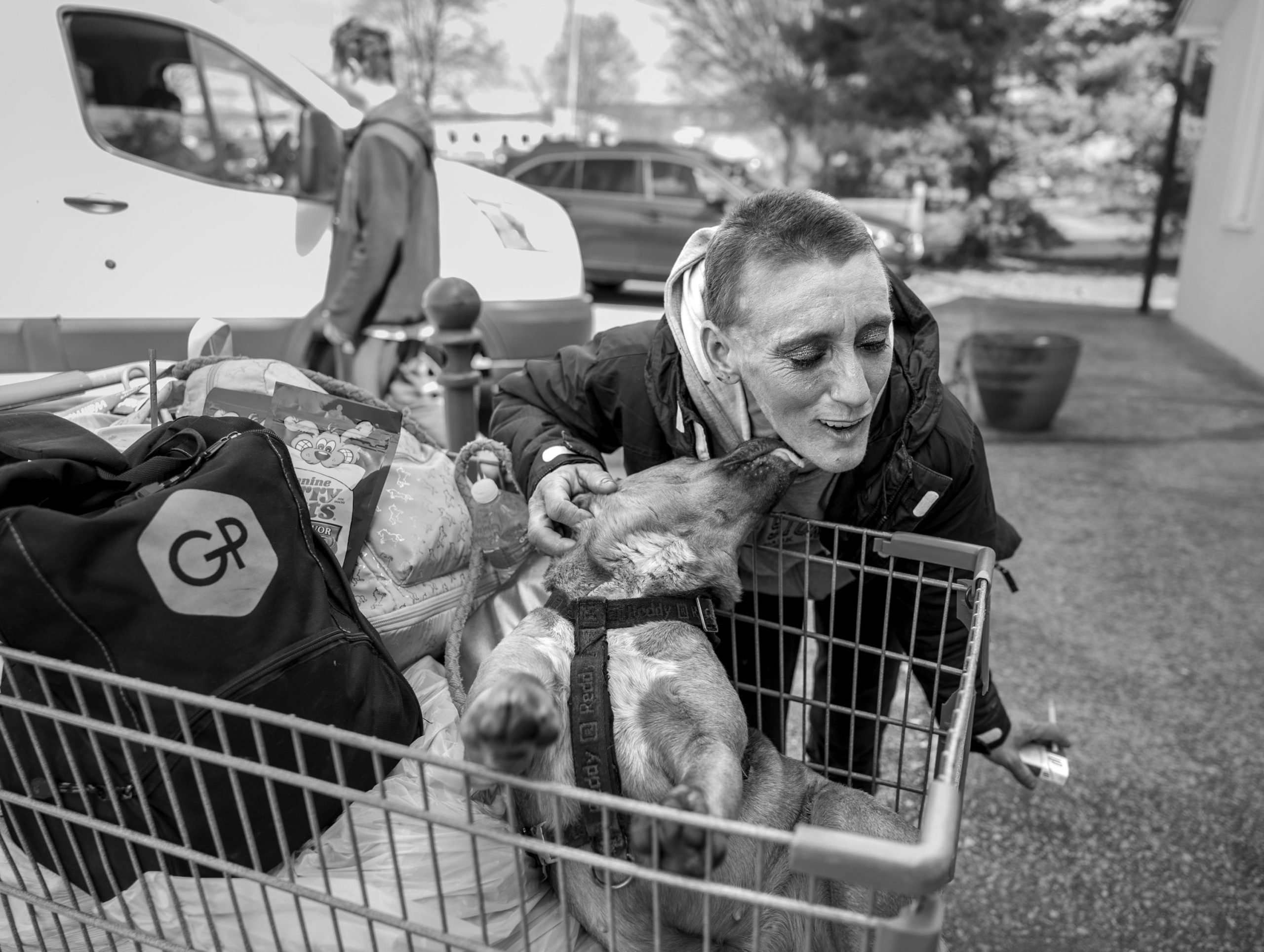
Margie “McGraw” Mesker, who is homeless, trades head-scratches for kisses from Panhead McGraw, her three-year-old pit-shepherd mix, outside the Lifeskills Wellness Connection in Bowling Green. Mesker is known simply as “McGraw” within the local homeless community due to her long-standing delusion that she is married to country music star Tim McGraw. “Panhead’s sister belongs to Faith Hill,” Mesker said. “But that’s God’s plan.”
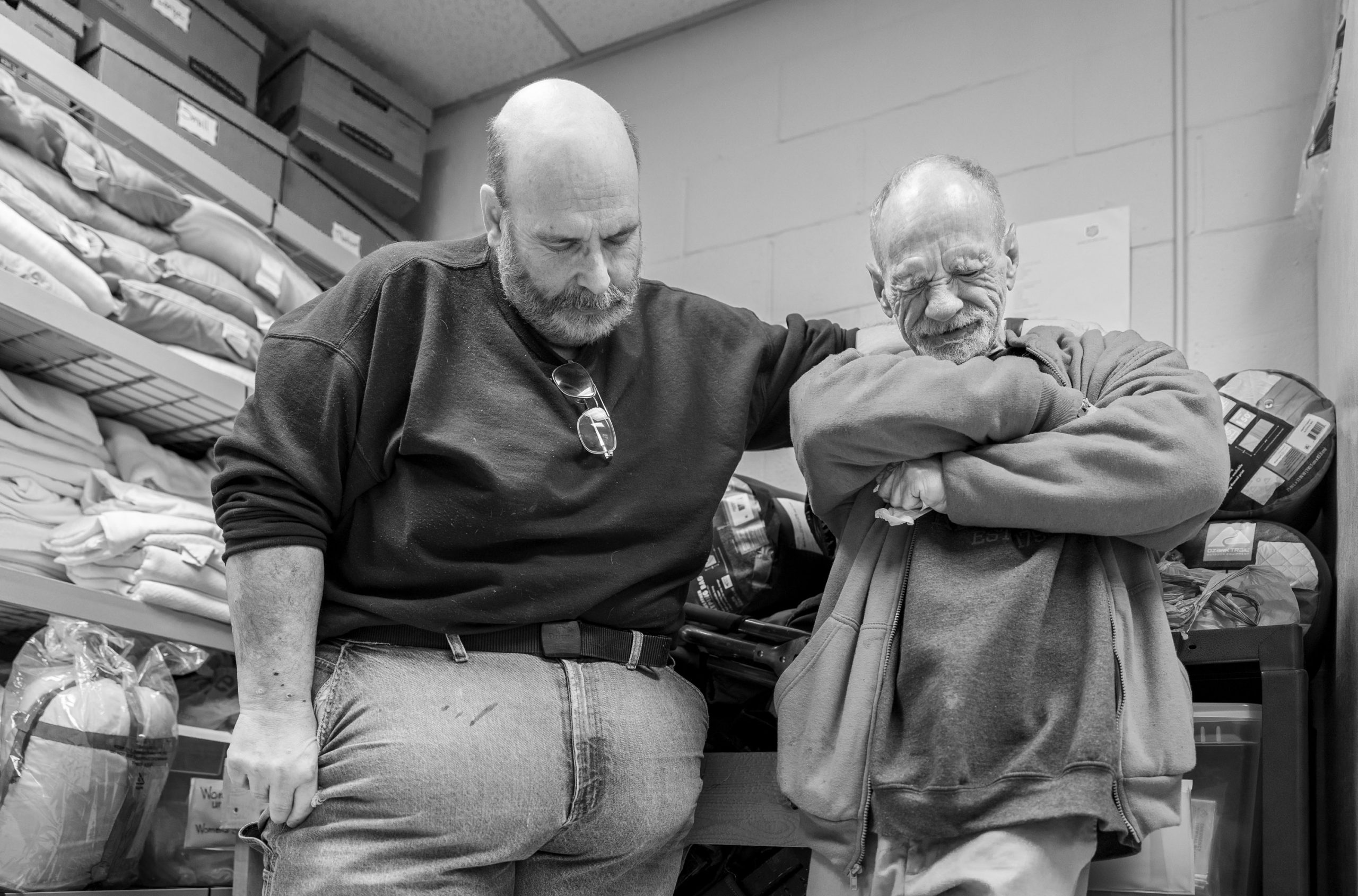
Bowling Green Room in the Inn director Dewayne Conner, left, prays with Lloyd Scott during an intake session at the Salvation Army Fellowship Hall on Main Avenue. Room in the Inn partners with a dozen or more local churches to provide temporary overnight warming shelters for the homeless throughout the cold season. Lloyd and Dewayne asked for God’s help in Lloyd’s battles with temptation. “I’ve been struggling, man,” he said. “I been moving toward the dark side.” He was later banned for the season after showing up at an intake intoxicated, leaving him to find a place to stay each night for himself. “Lord, I ask that you take this burden off of Lloyd,” Dewayne said.
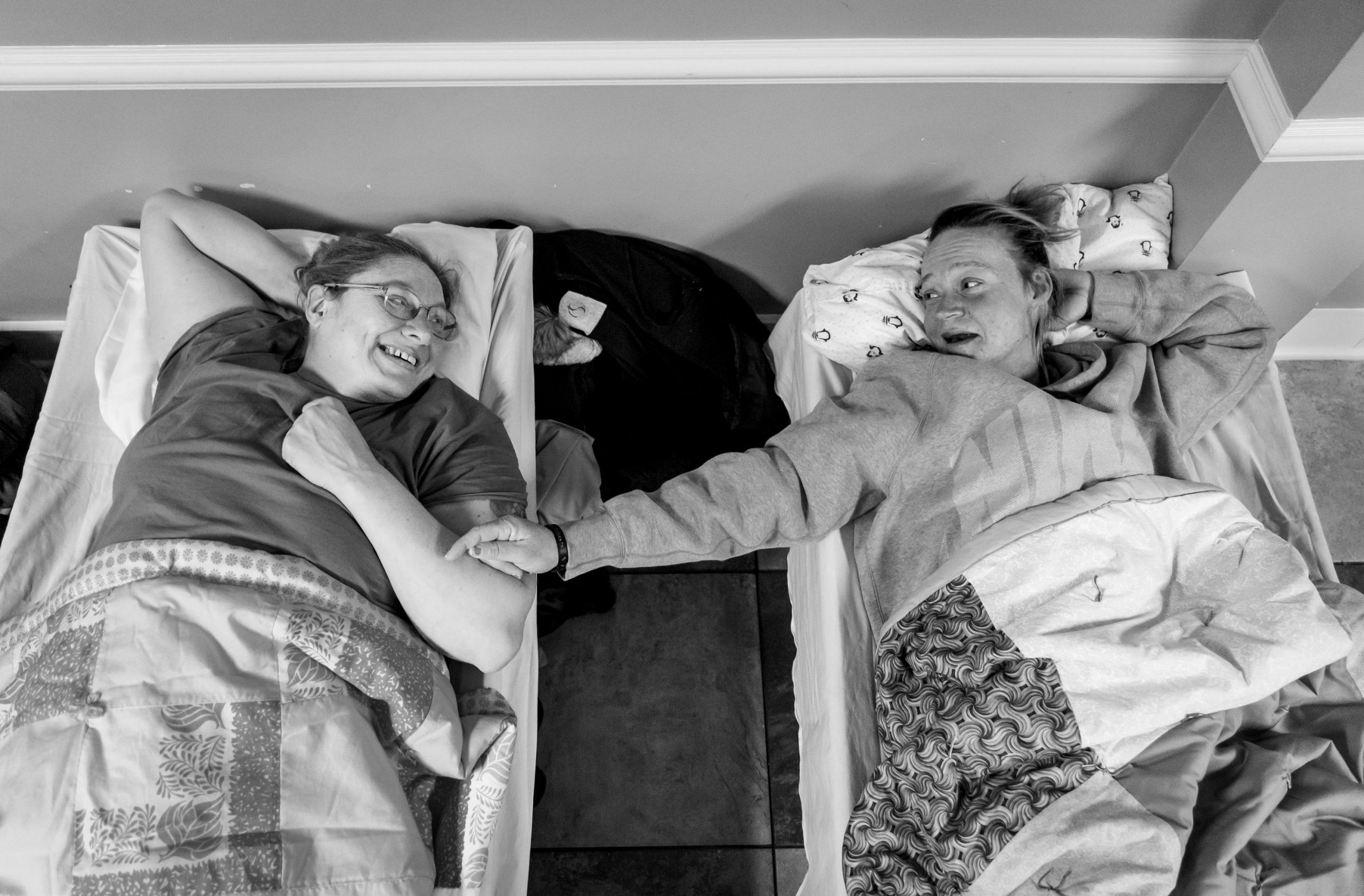
Bowling Green Room in the Inn director Dewayne Conner, left, prays with Lloyd Scott during an intake session at the Salvation Army Fellowship Hall on Main Avenue. Room in the Inn partners with a dozen or more local churches to provide temporary overnight warming shelters for the homeless throughout the cold season. Lloyd and Dewayne asked for God’s help in Lloyd’s battles with temptation. “I’ve been struggling, man,” he said. “I been moving toward the dark side.” He was later banned for the season after showing up at an intake intoxicated, leaving him to find a place to stay each night for himself. “Lord, I ask that you take this burden off of Lloyd,” Dewayne said.
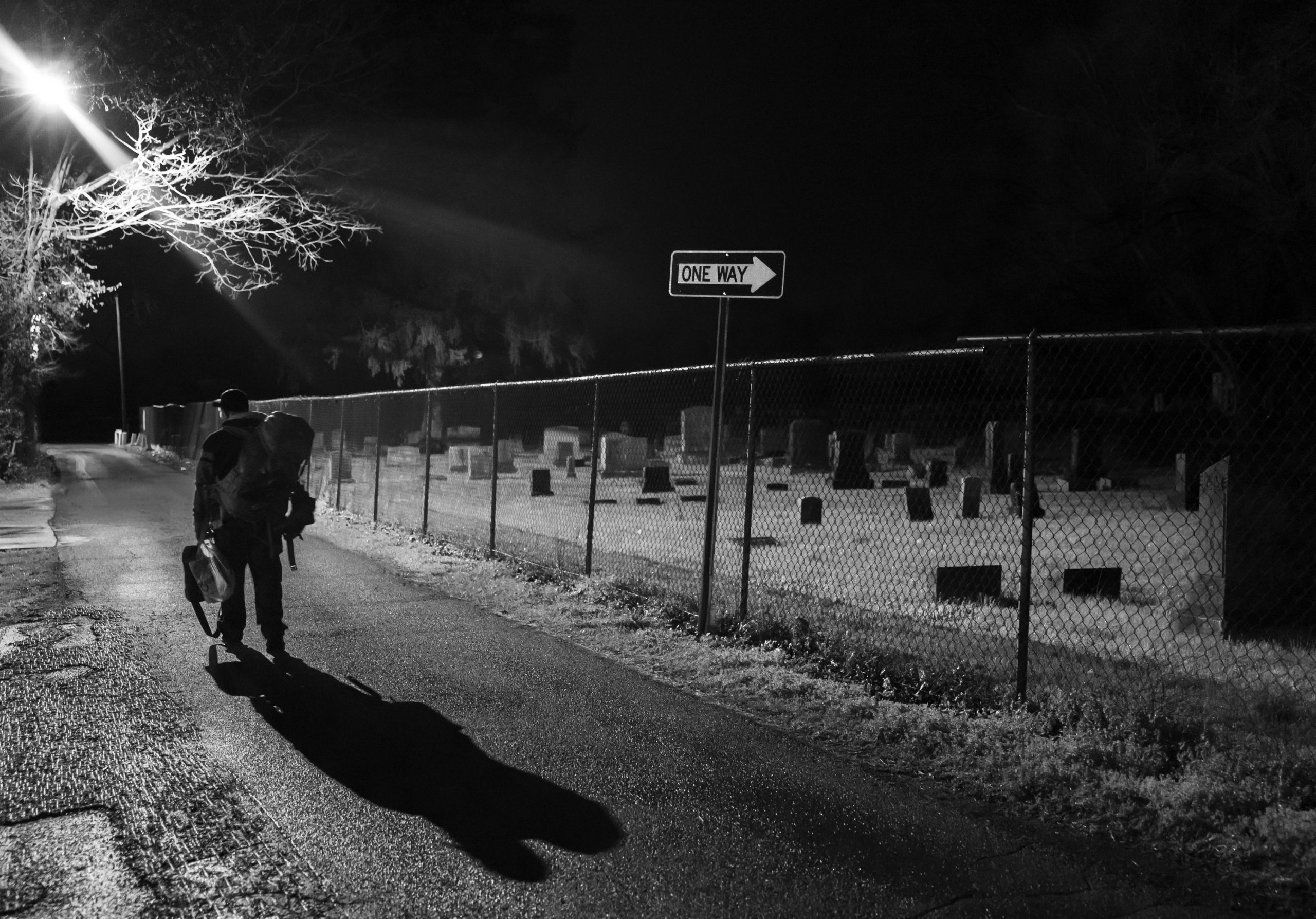
Bowling Green Room in the Inn director Dewayne Conner, left, prays with Lloyd Scott during an intake session at the Salvation Army Fellowship Hall on Main Avenue. Room in the Inn partners with a dozen or more local churches to provide temporary overnight warming shelters for the homeless throughout the cold season. Lloyd and Dewayne asked for God’s help in Lloyd’s battles with temptation. “I’ve been struggling, man,” he said. “I been moving toward the dark side.” He was later banned for the season after showing up at an intake intoxicated, leaving him to find a place to stay each night for himself. “Lord, I ask that you take this burden off of Lloyd,” Dewayne said.
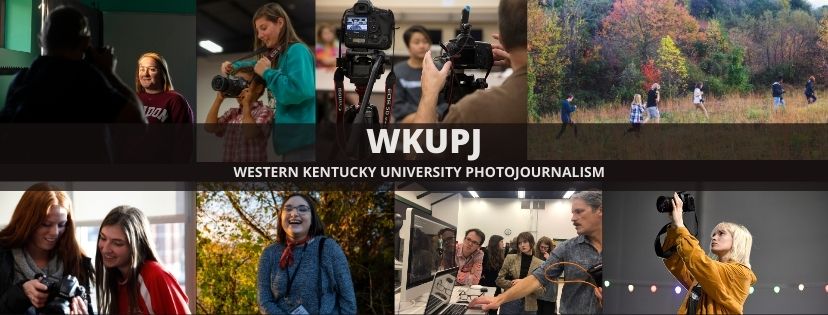
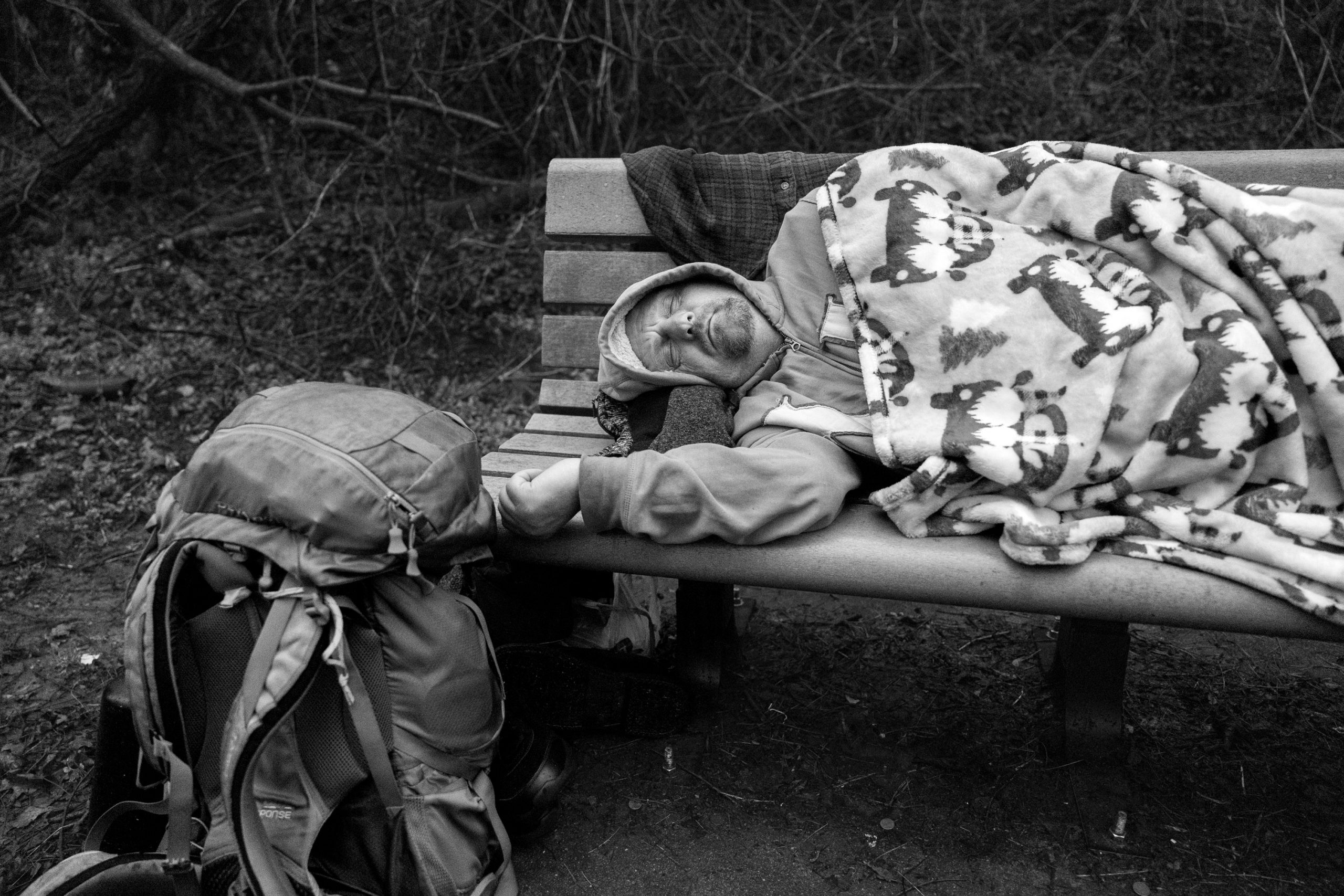
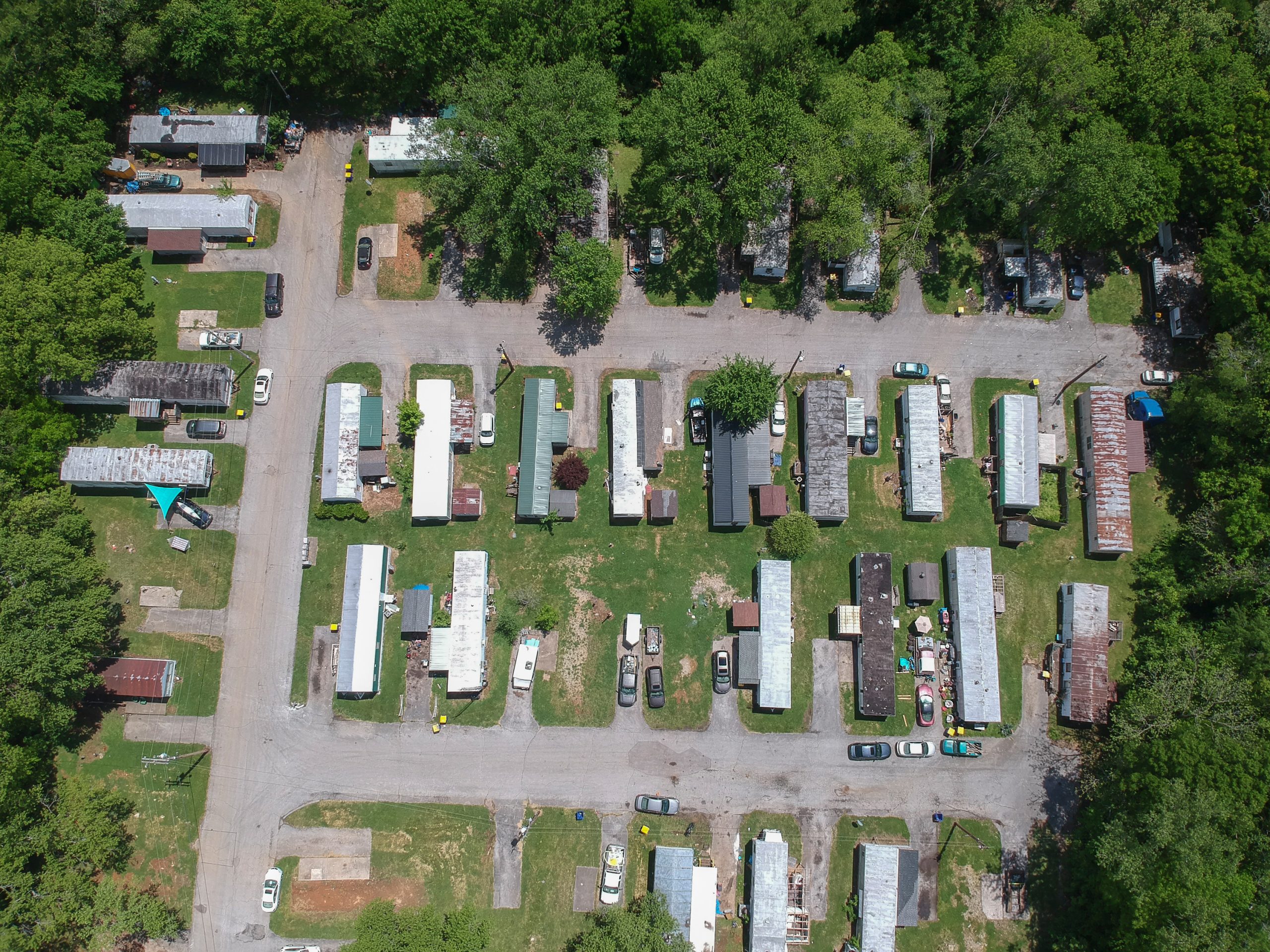
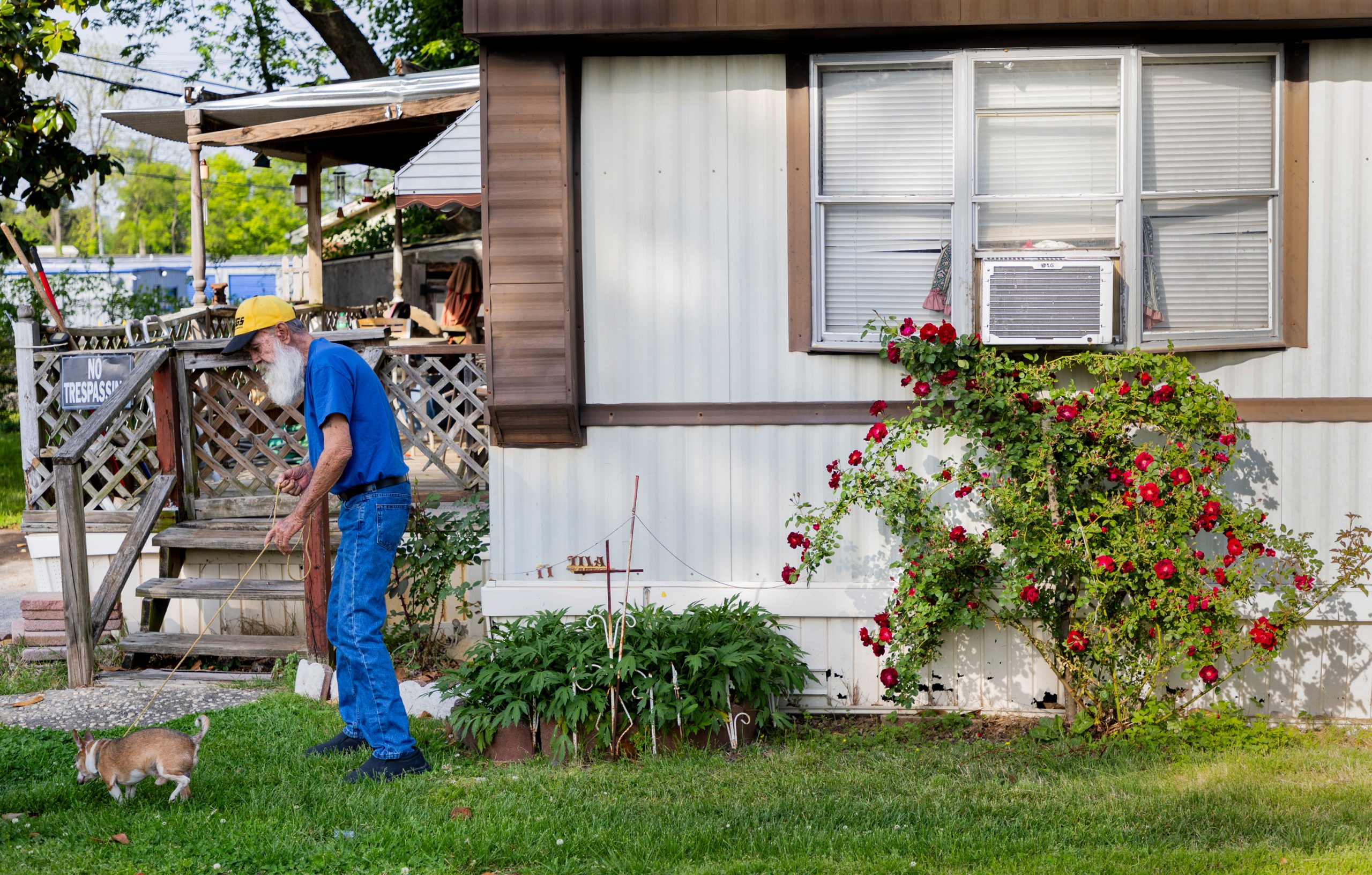
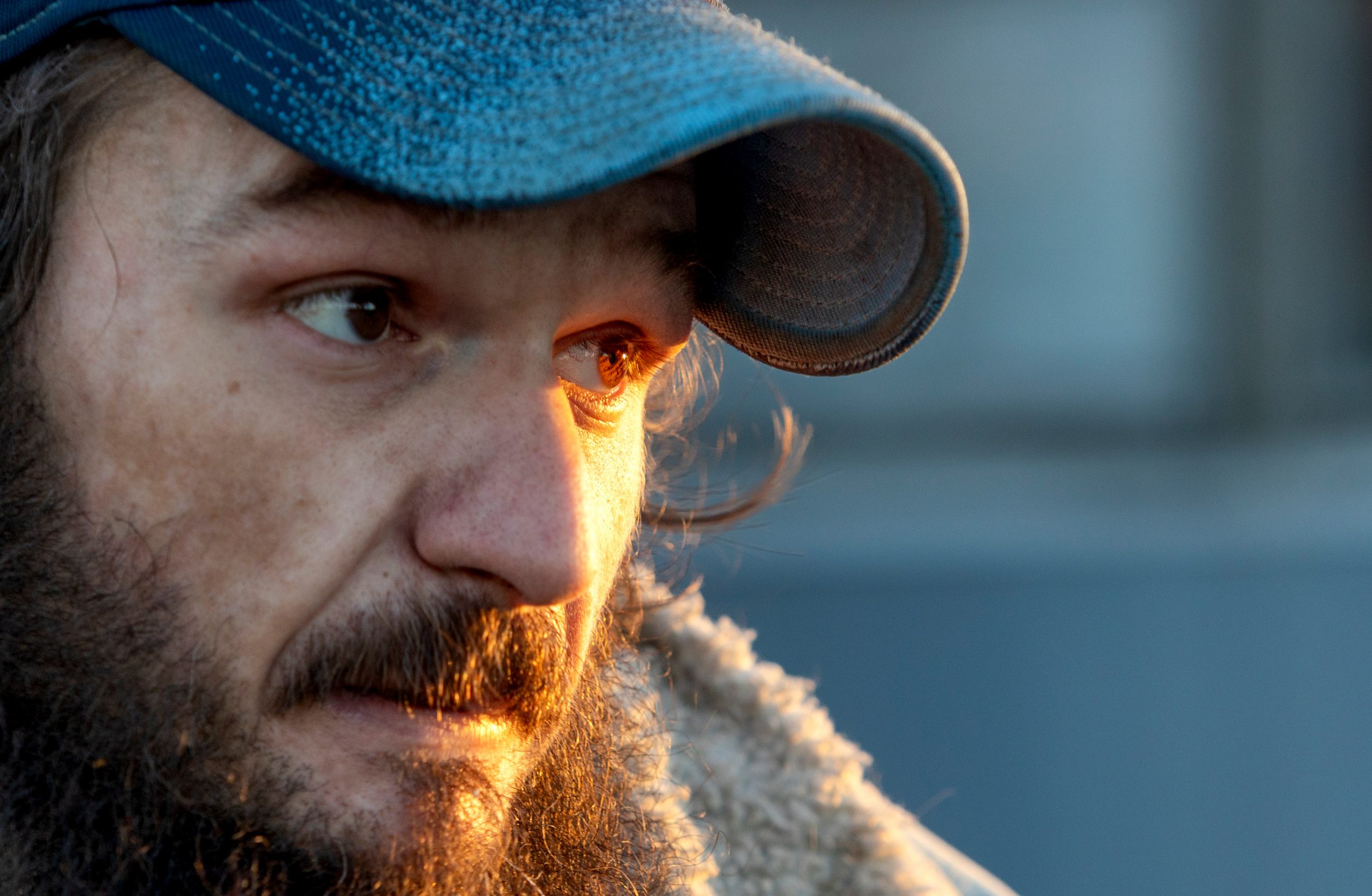
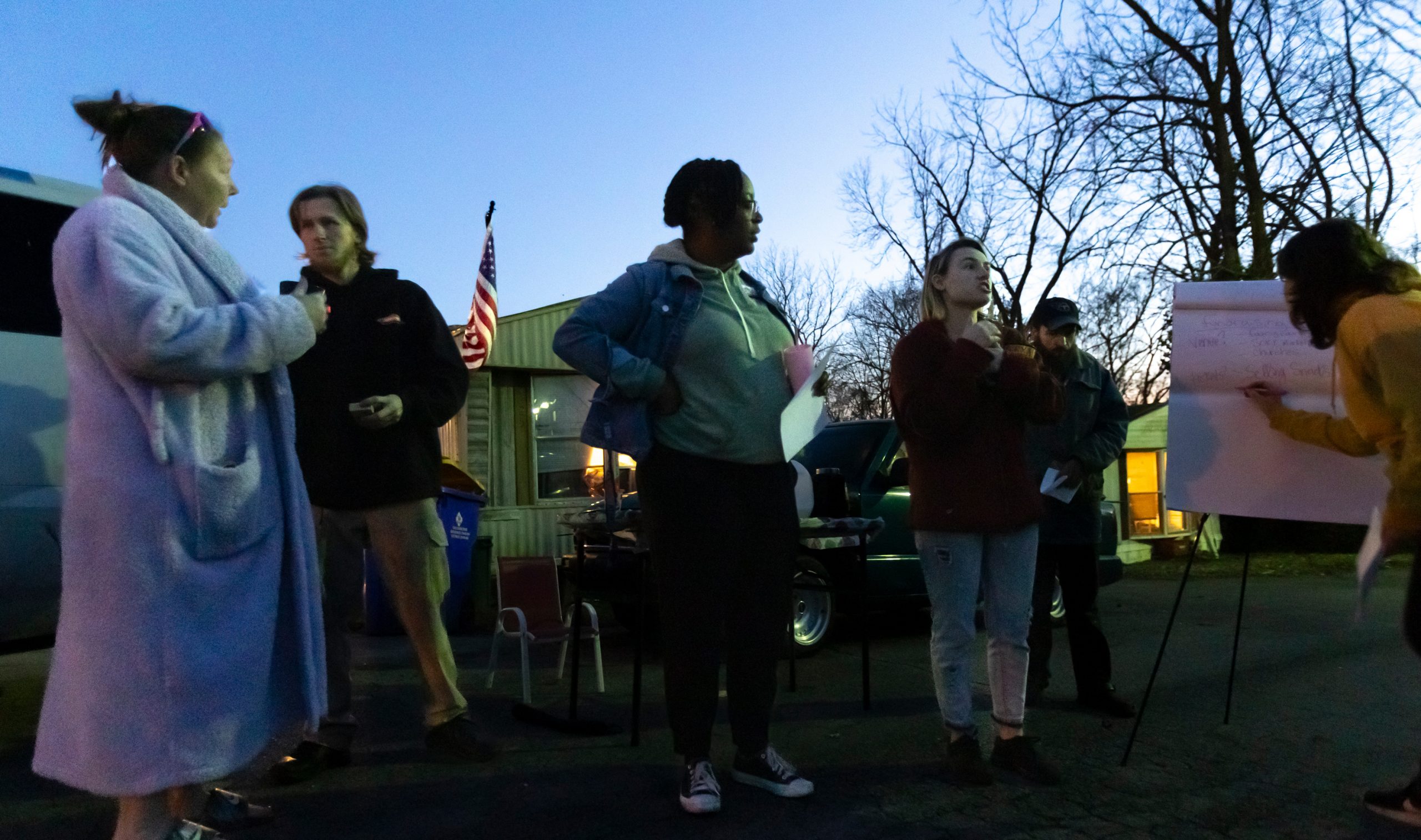
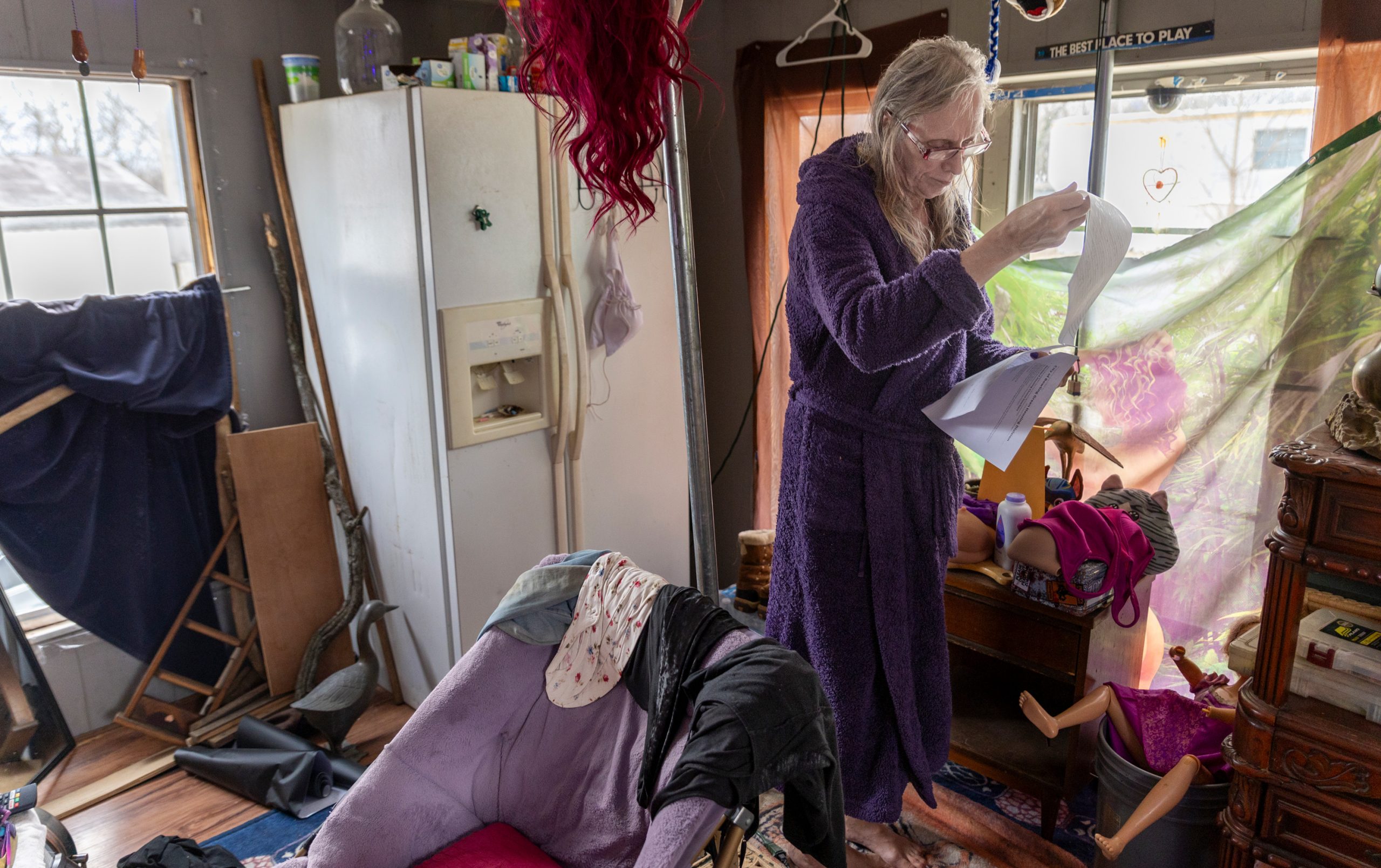
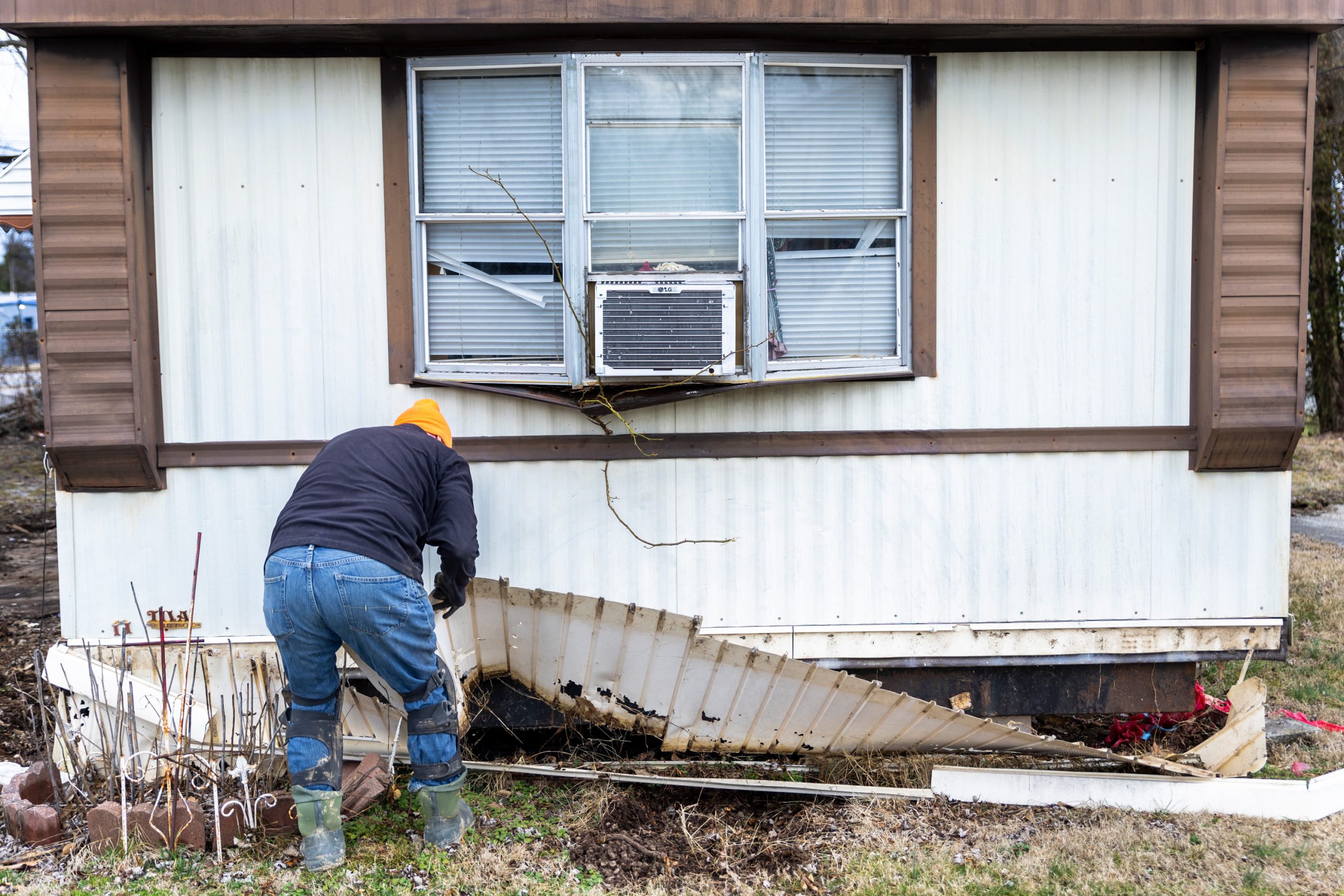
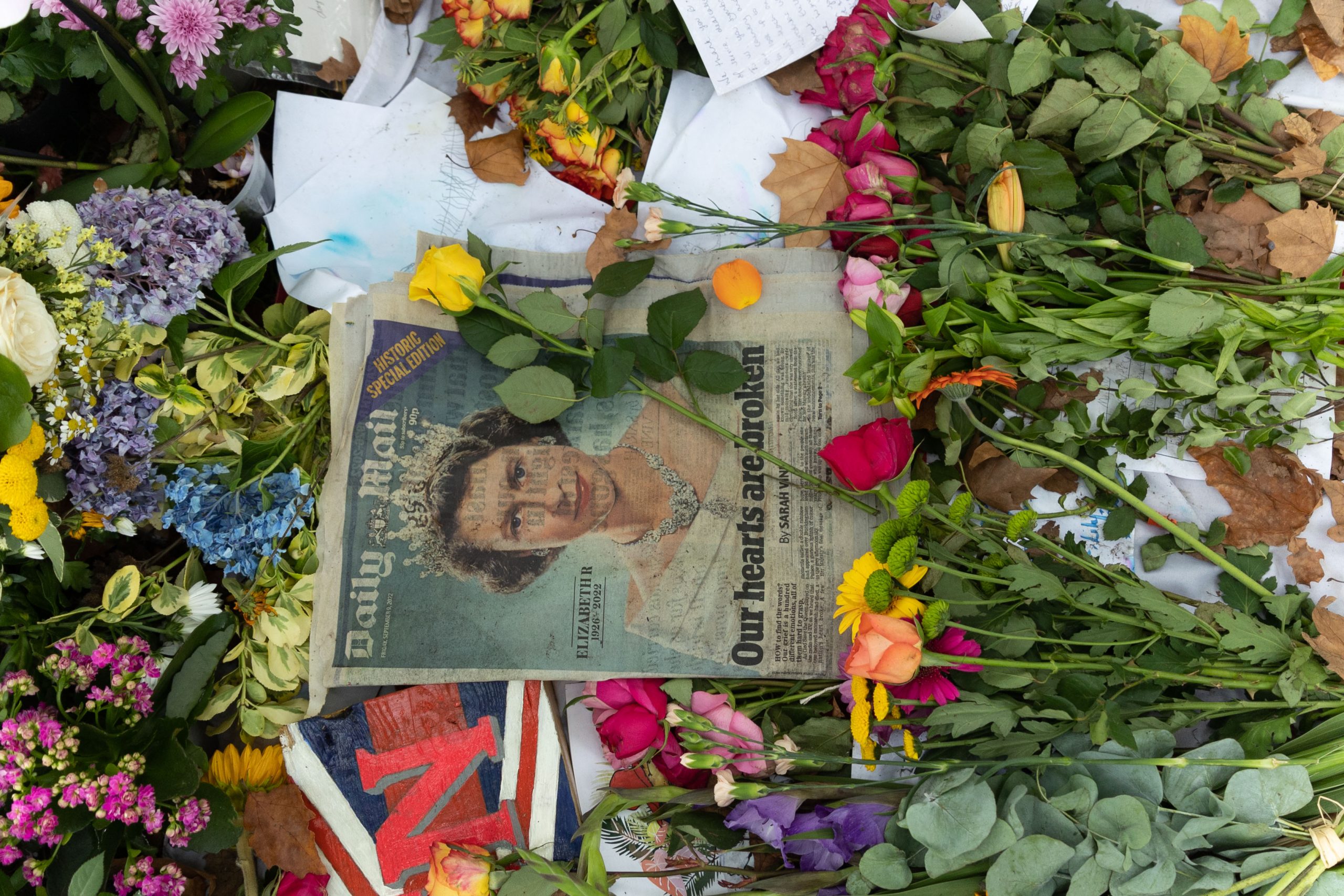
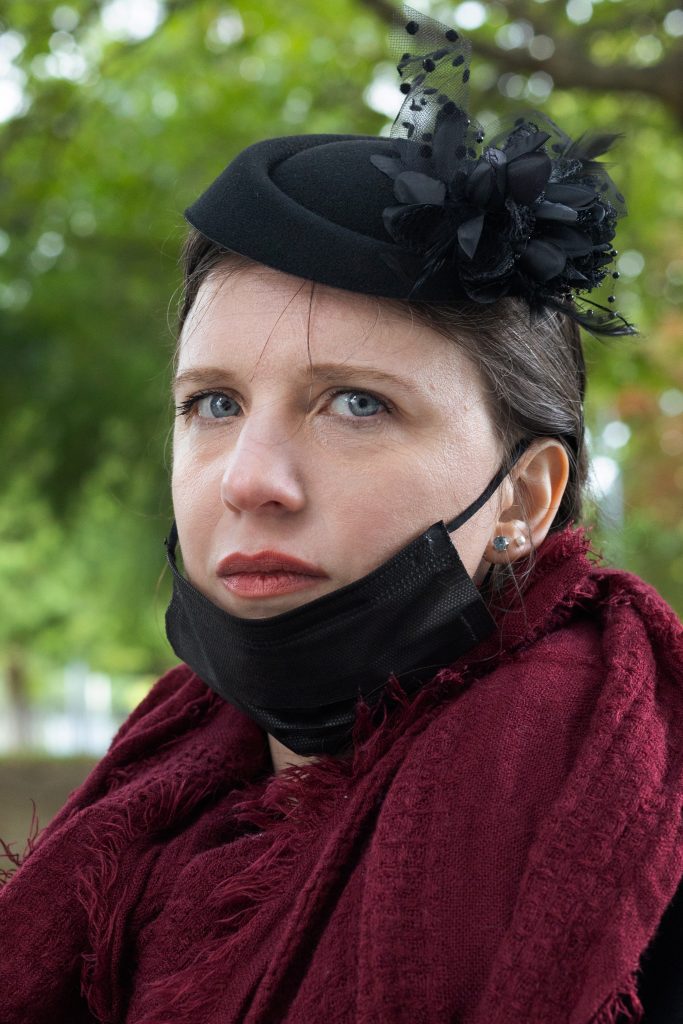
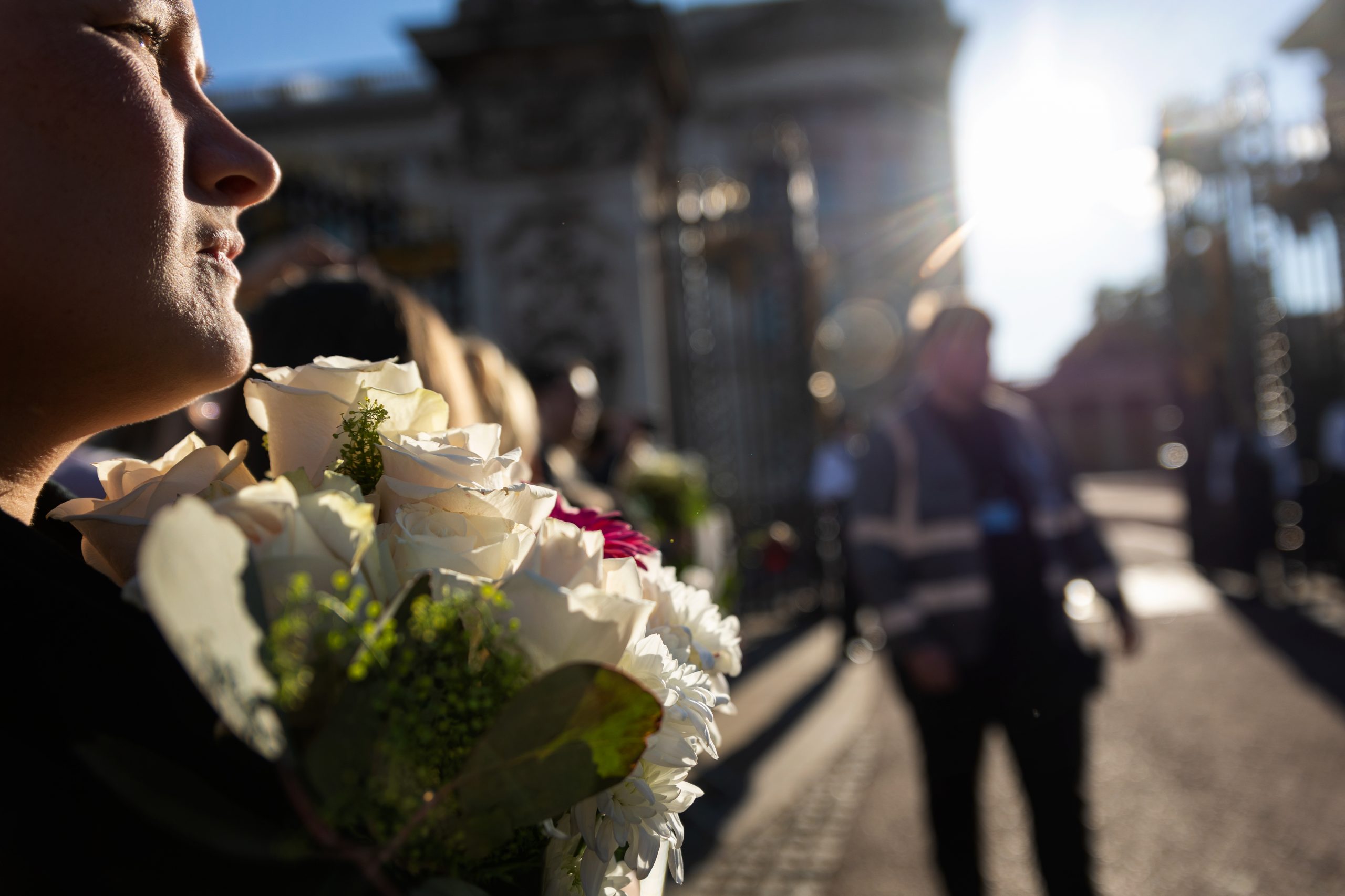
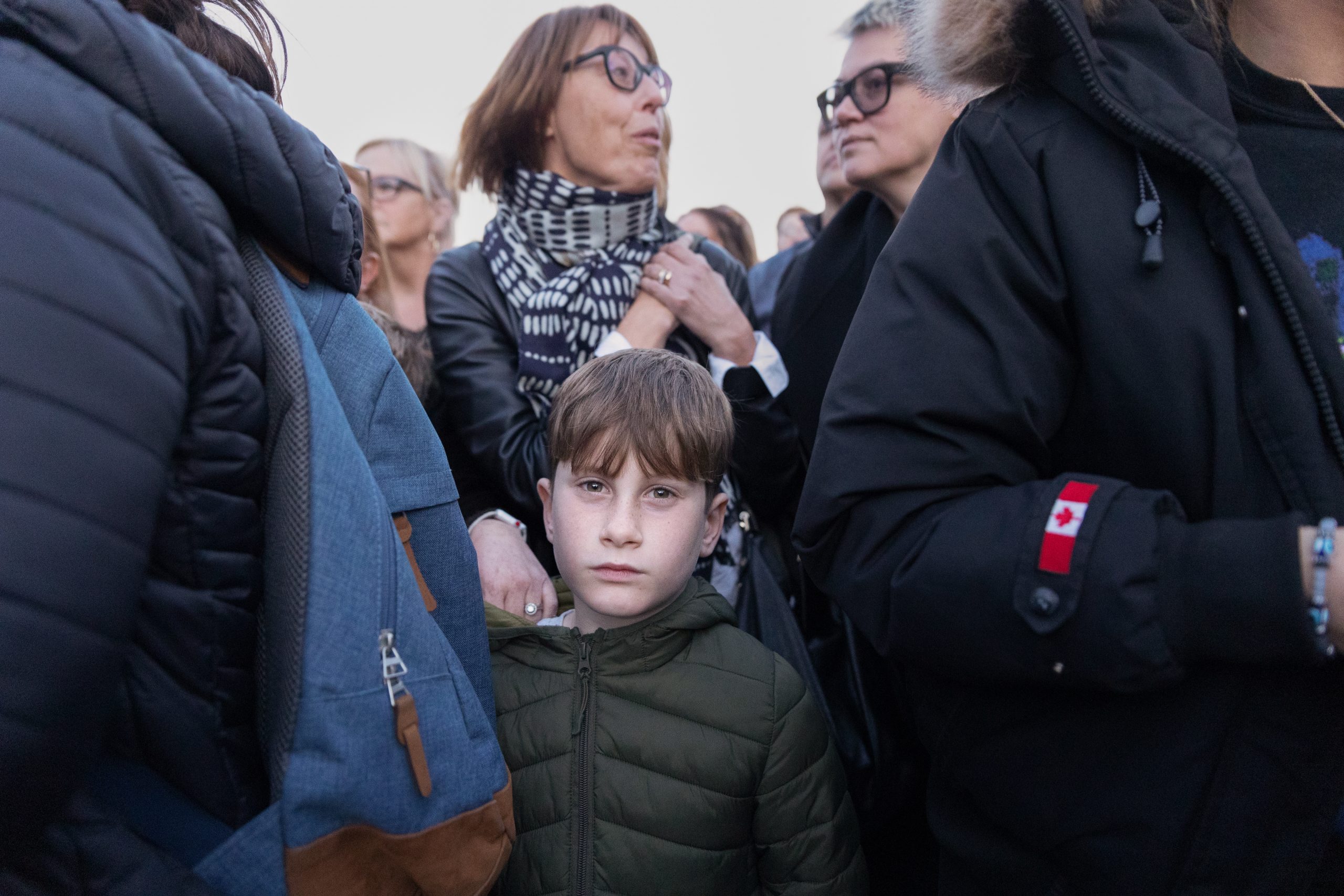

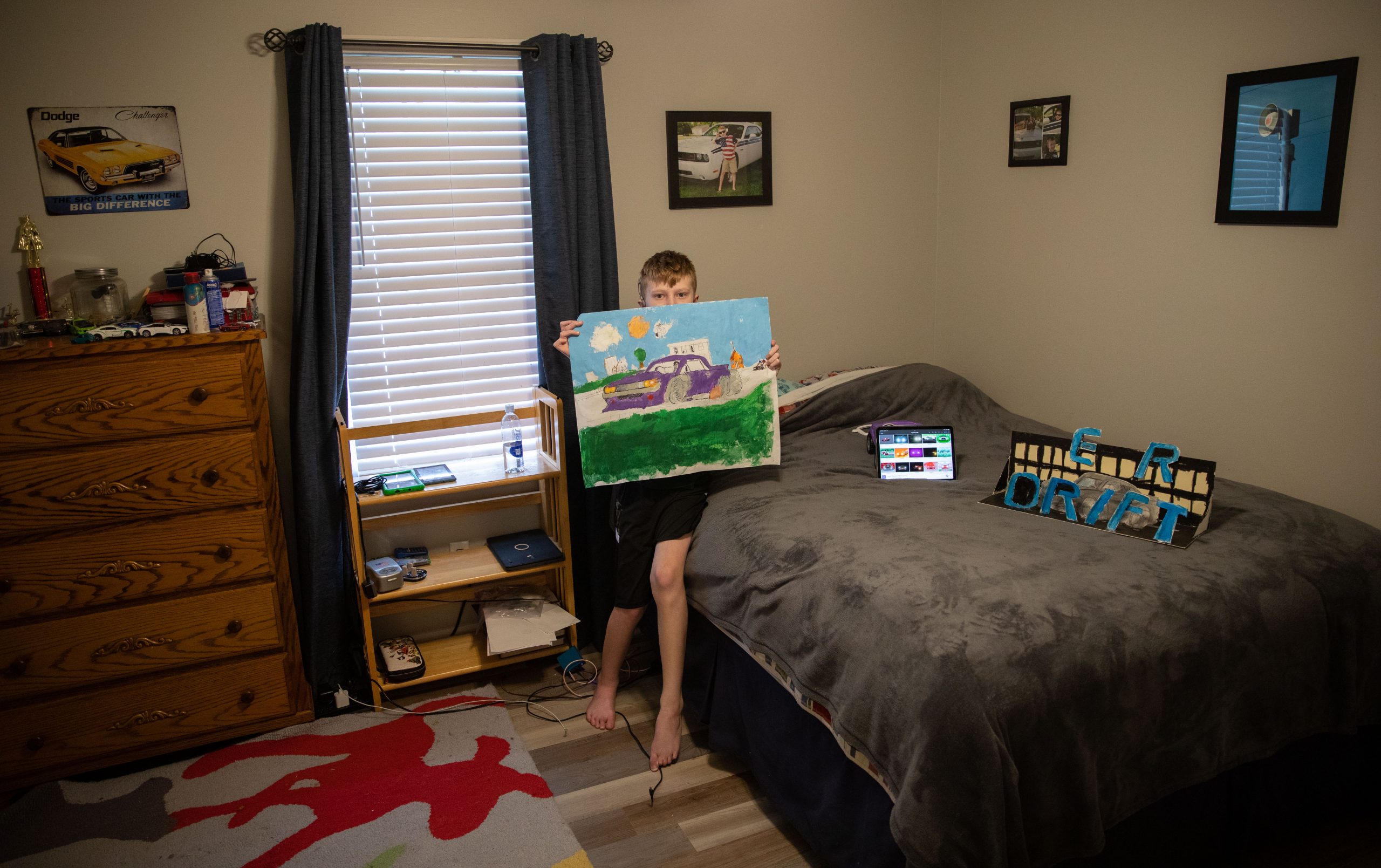
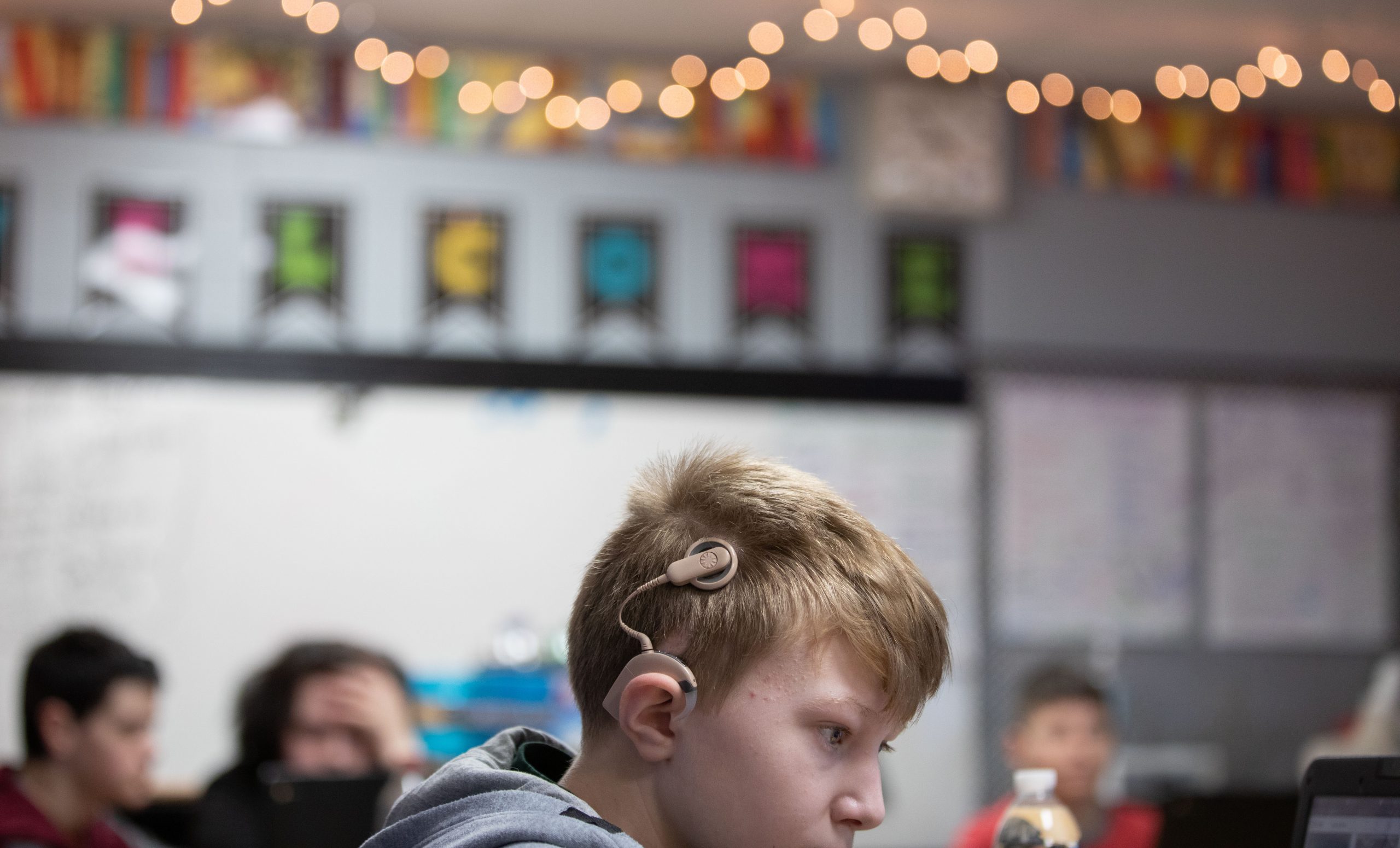
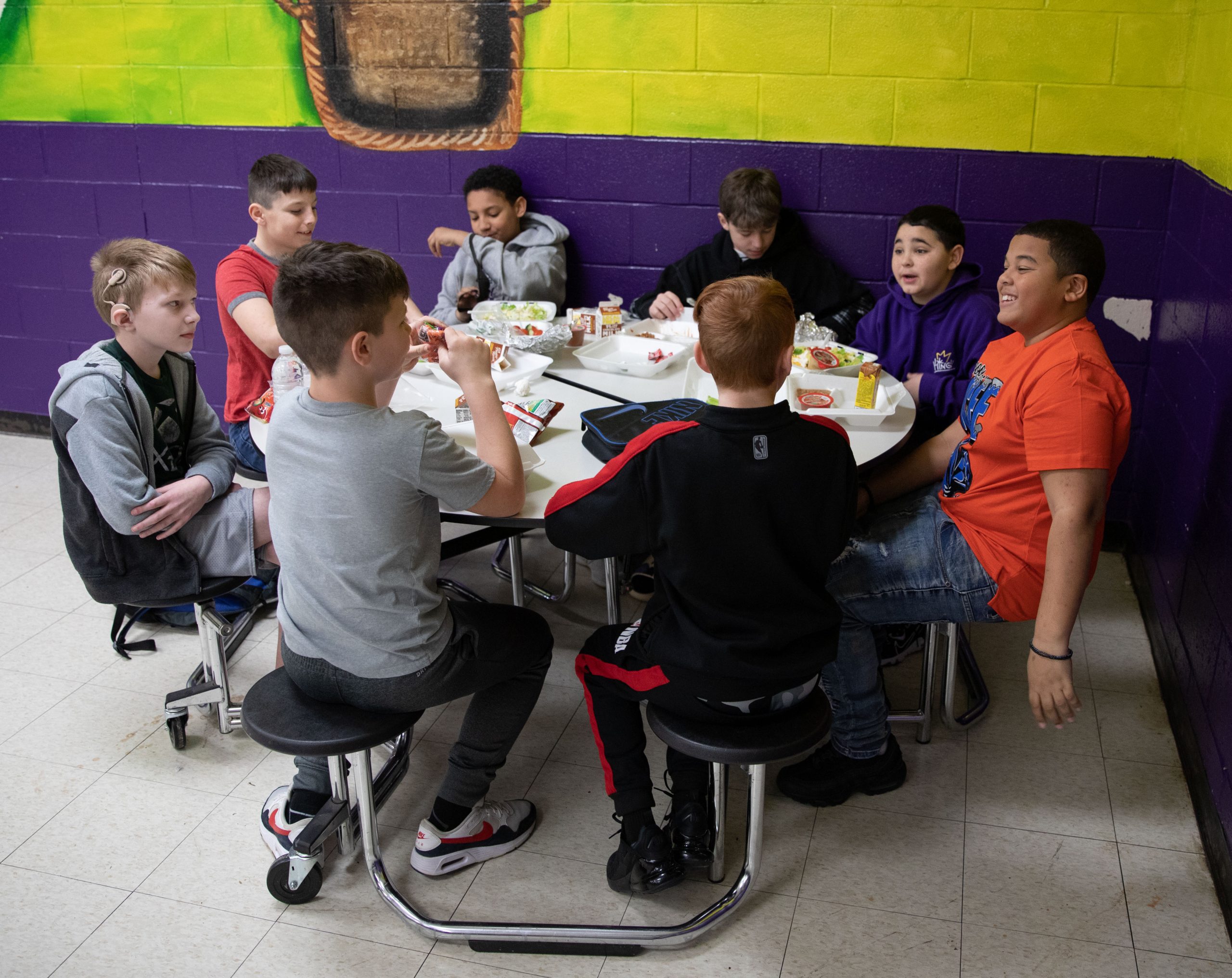
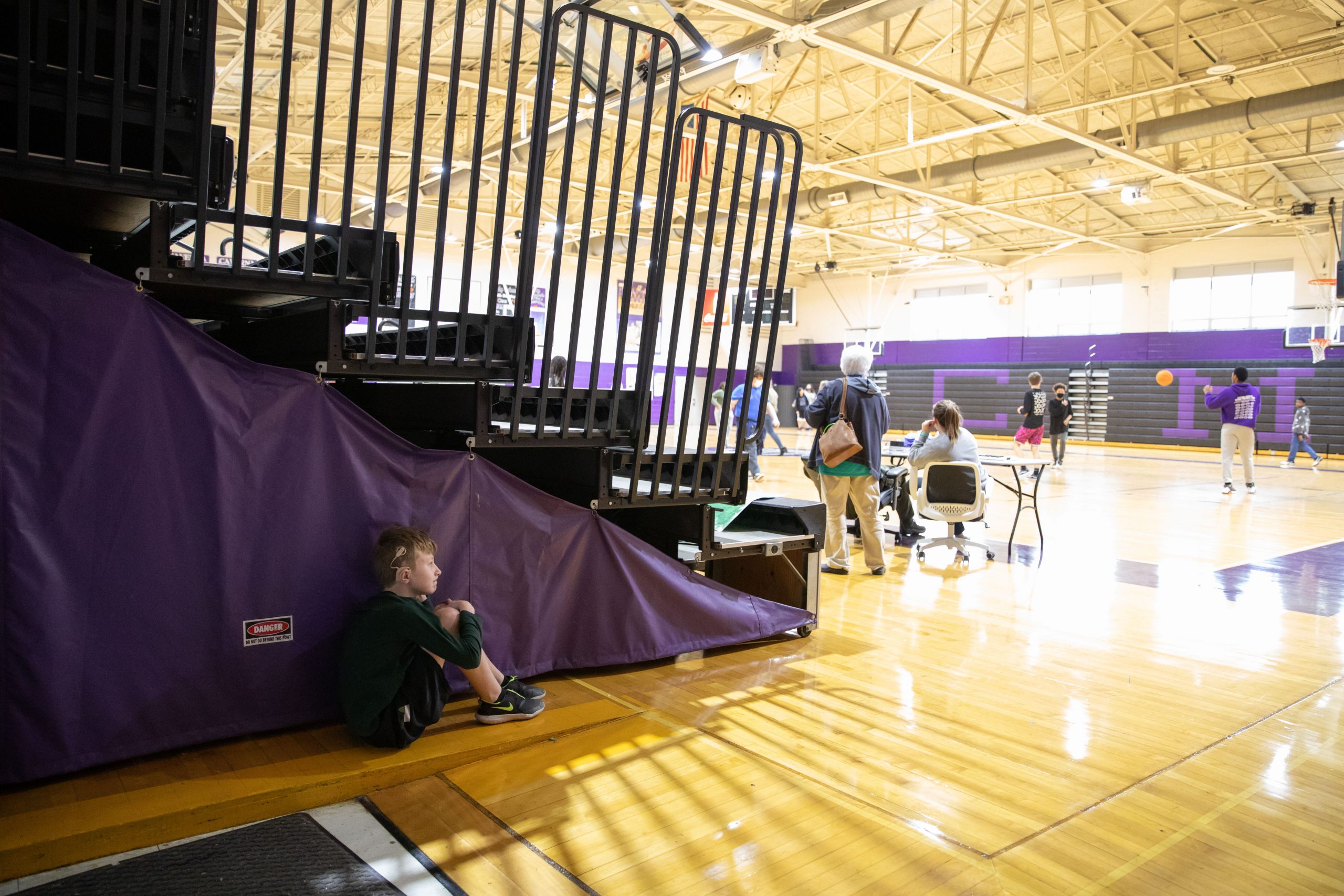
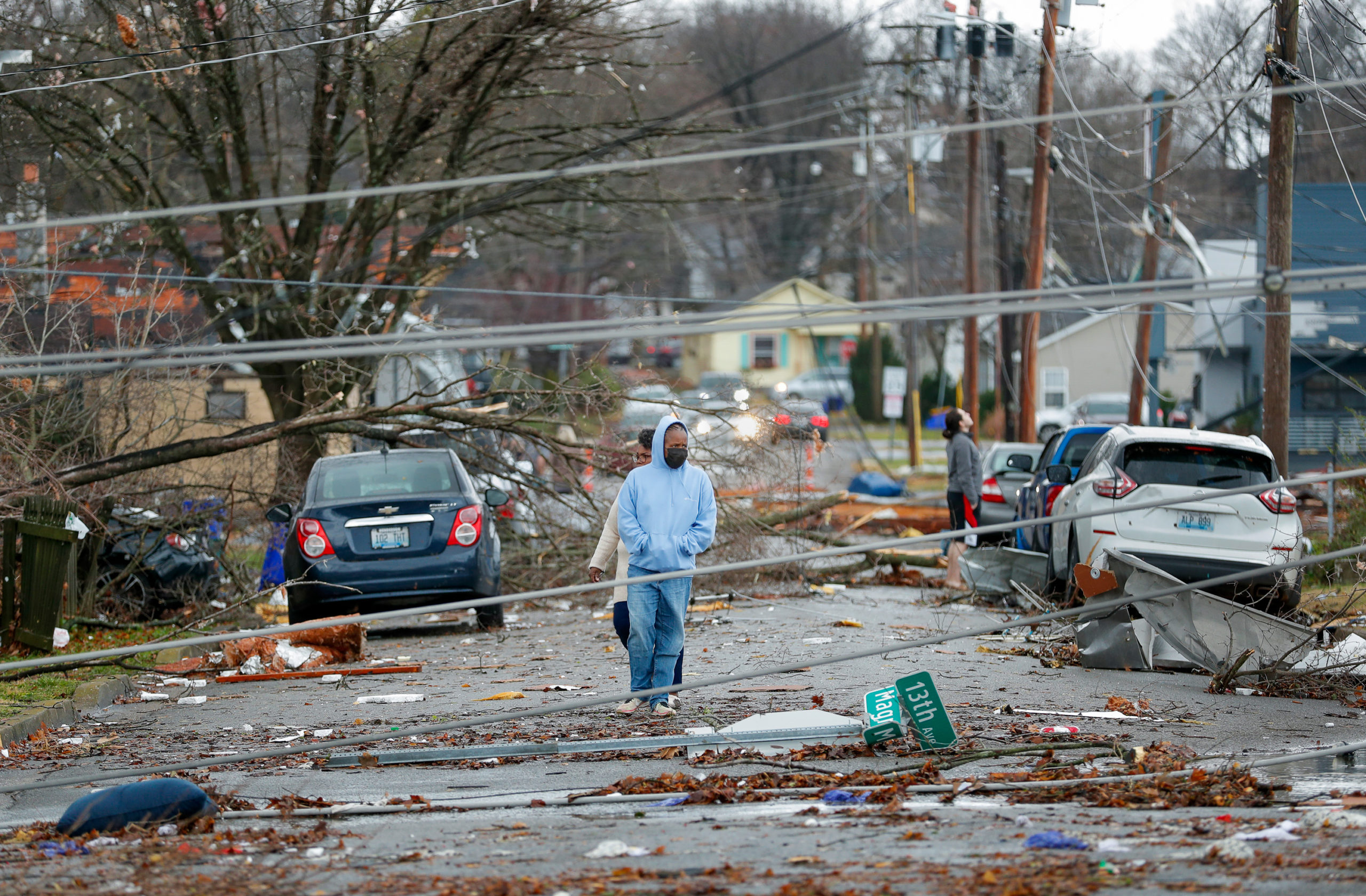
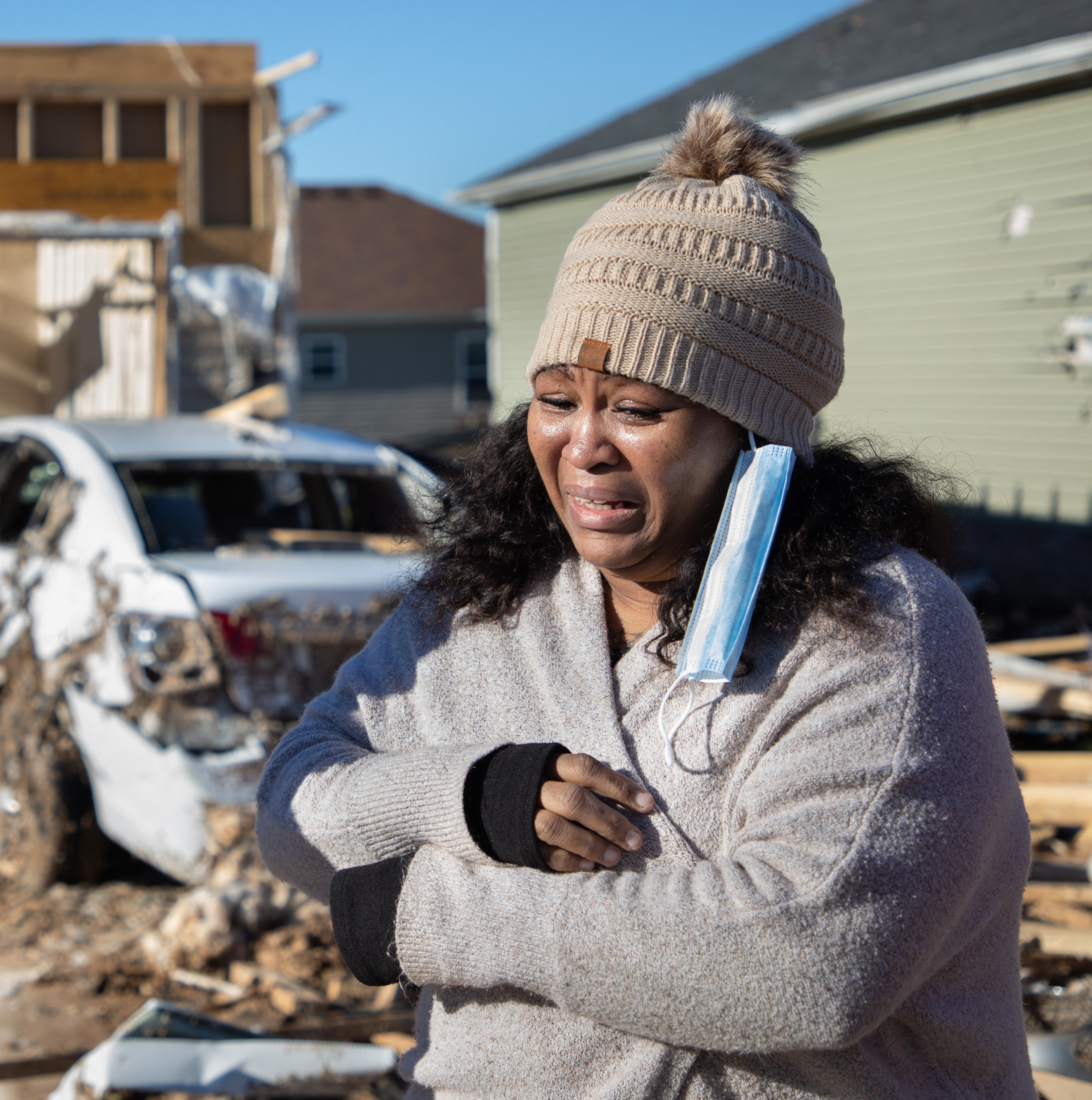
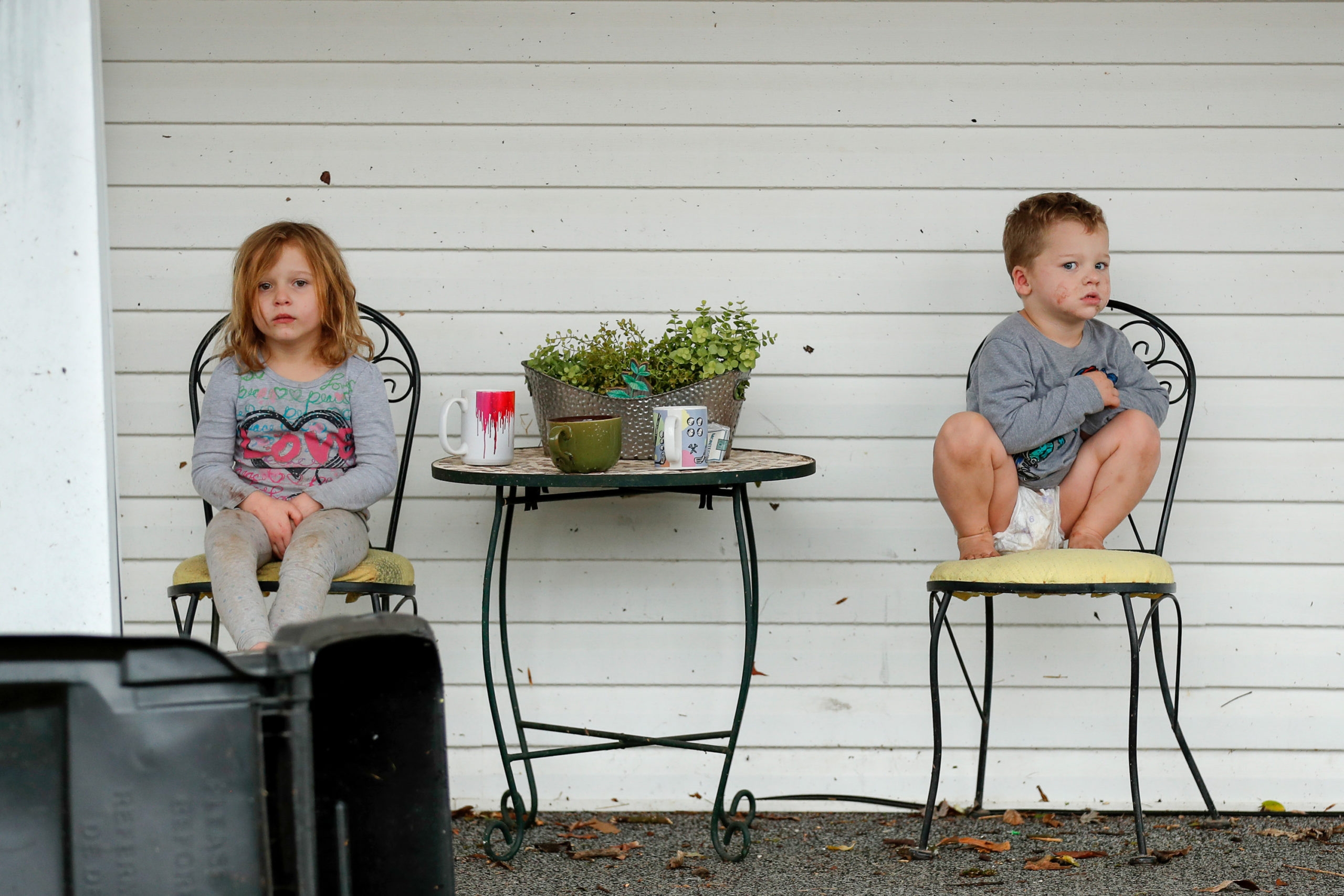
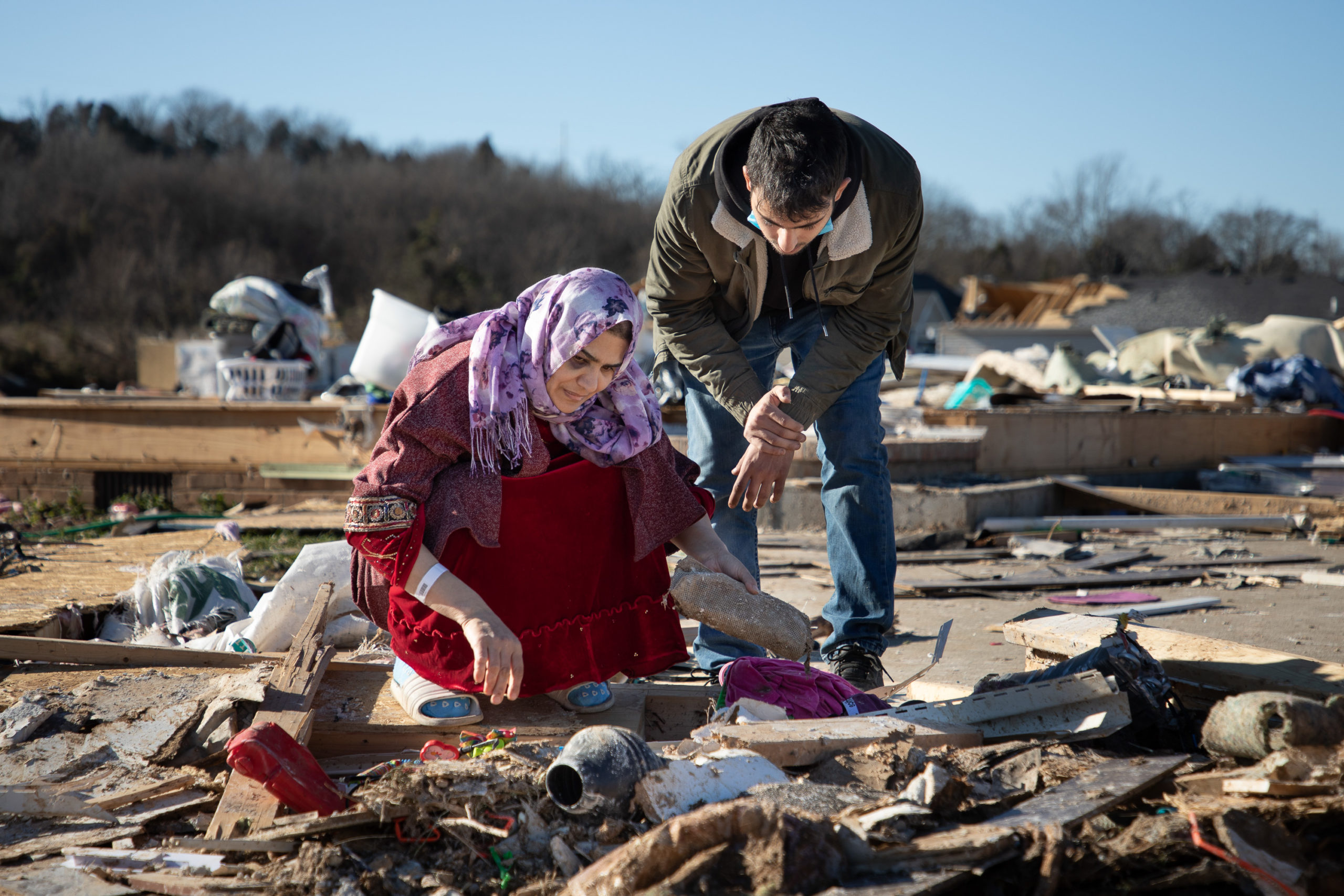
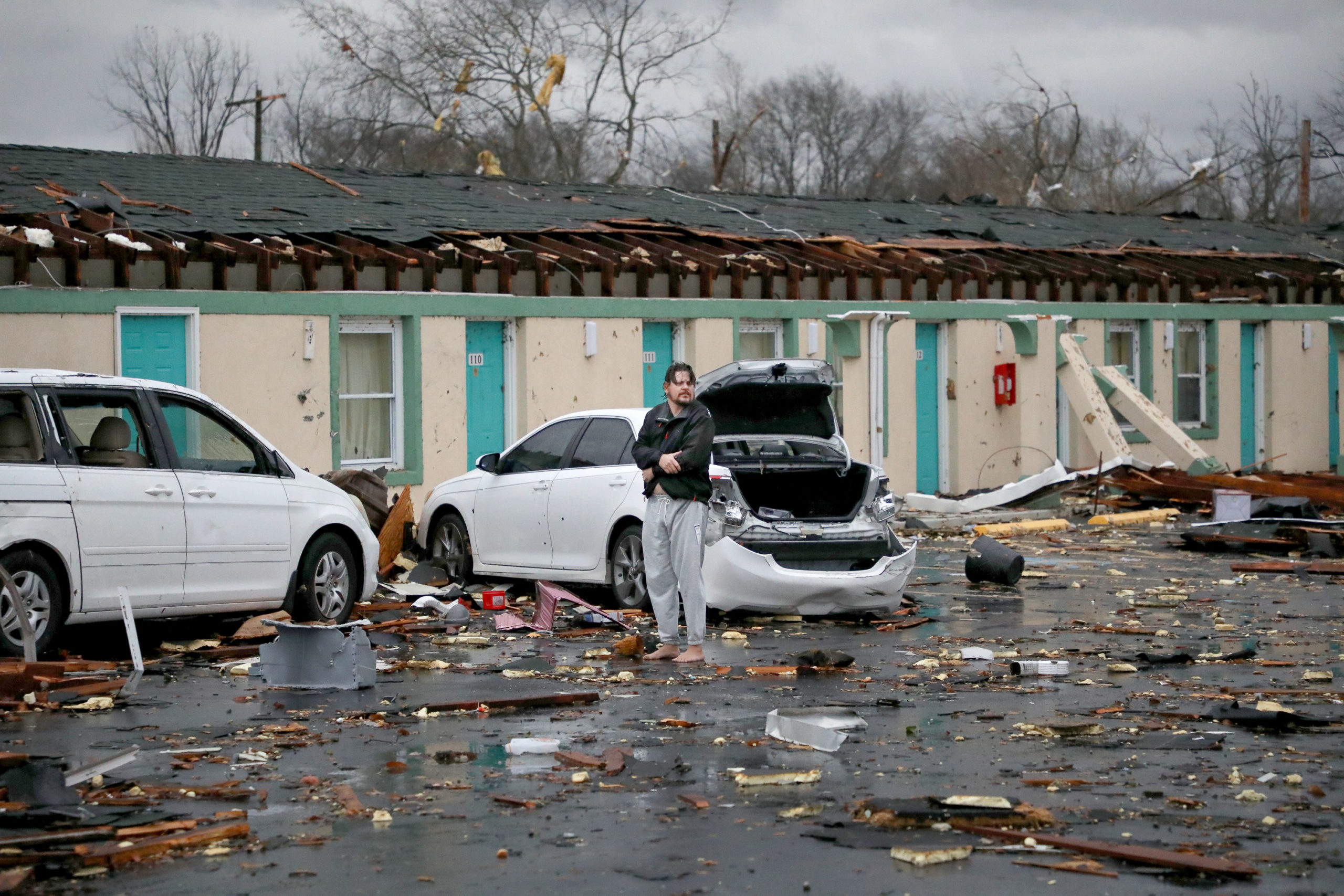
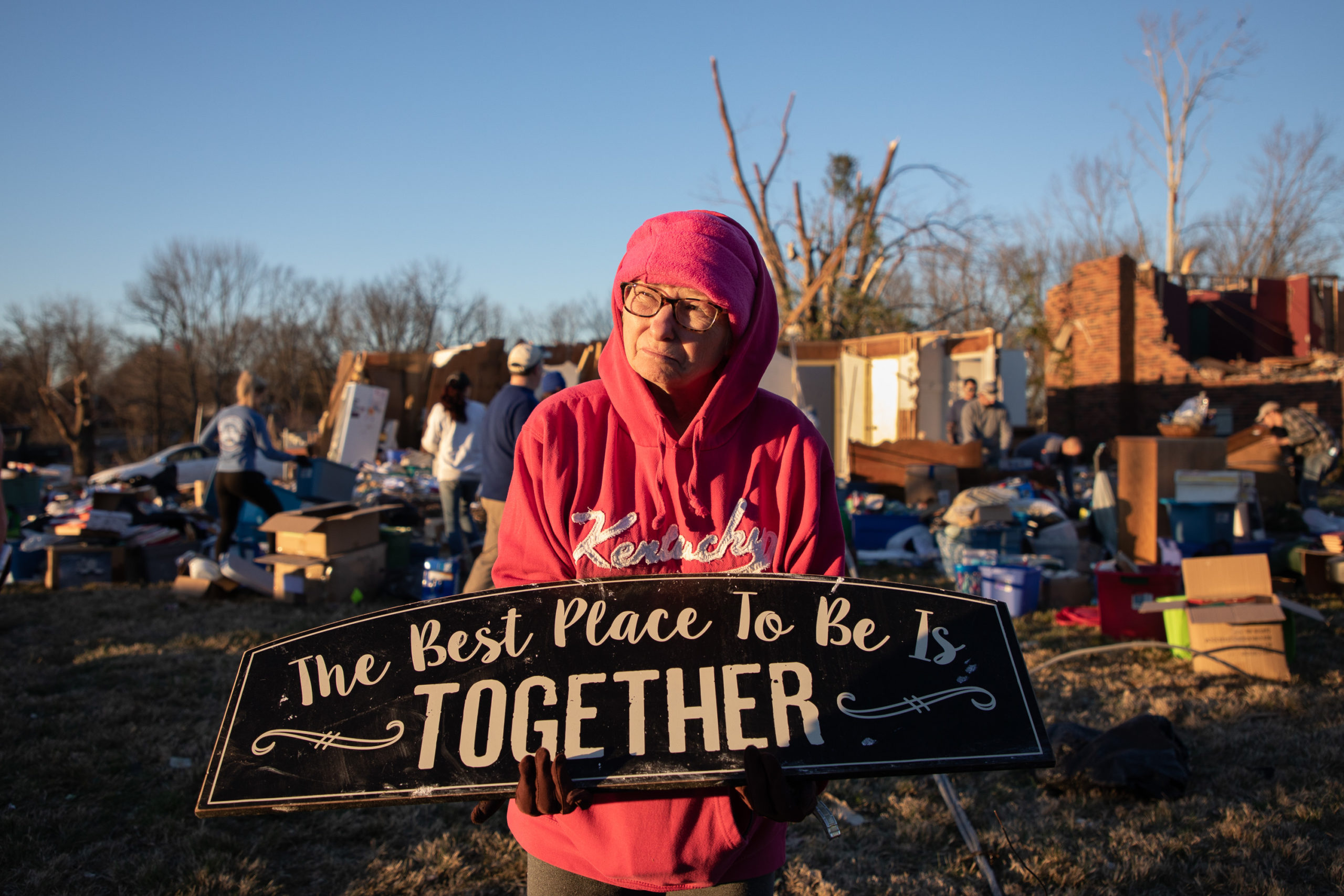
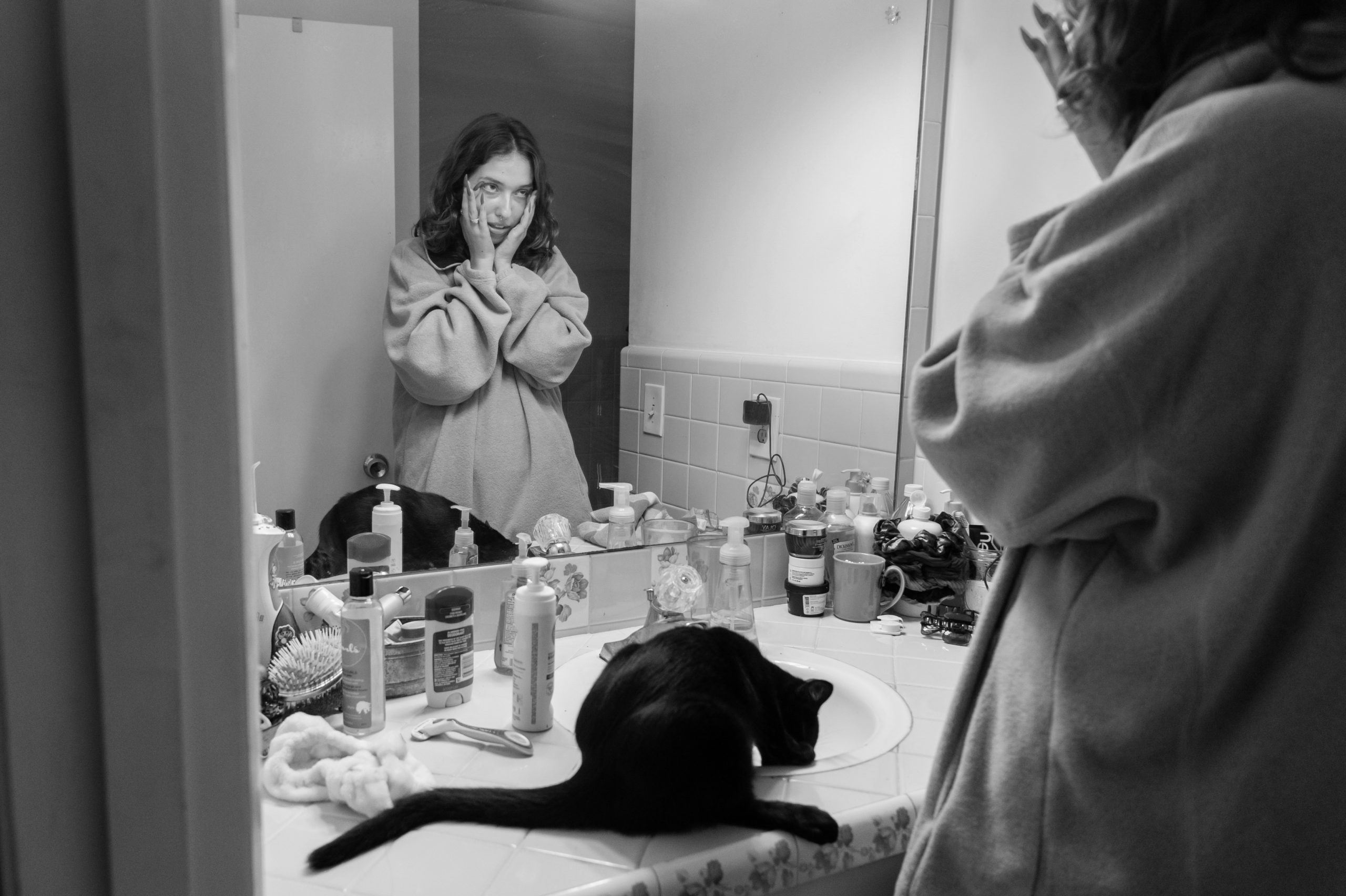
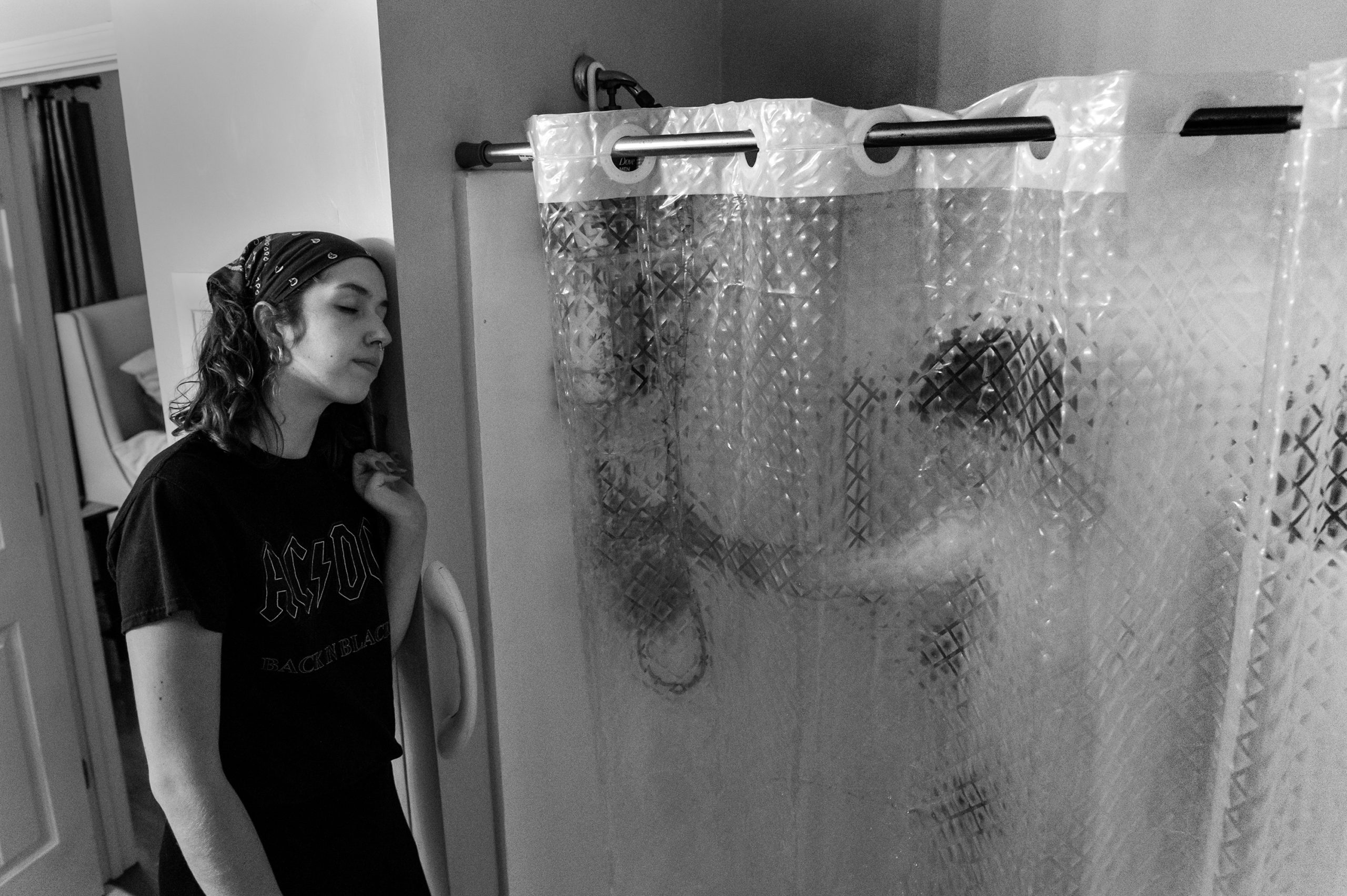
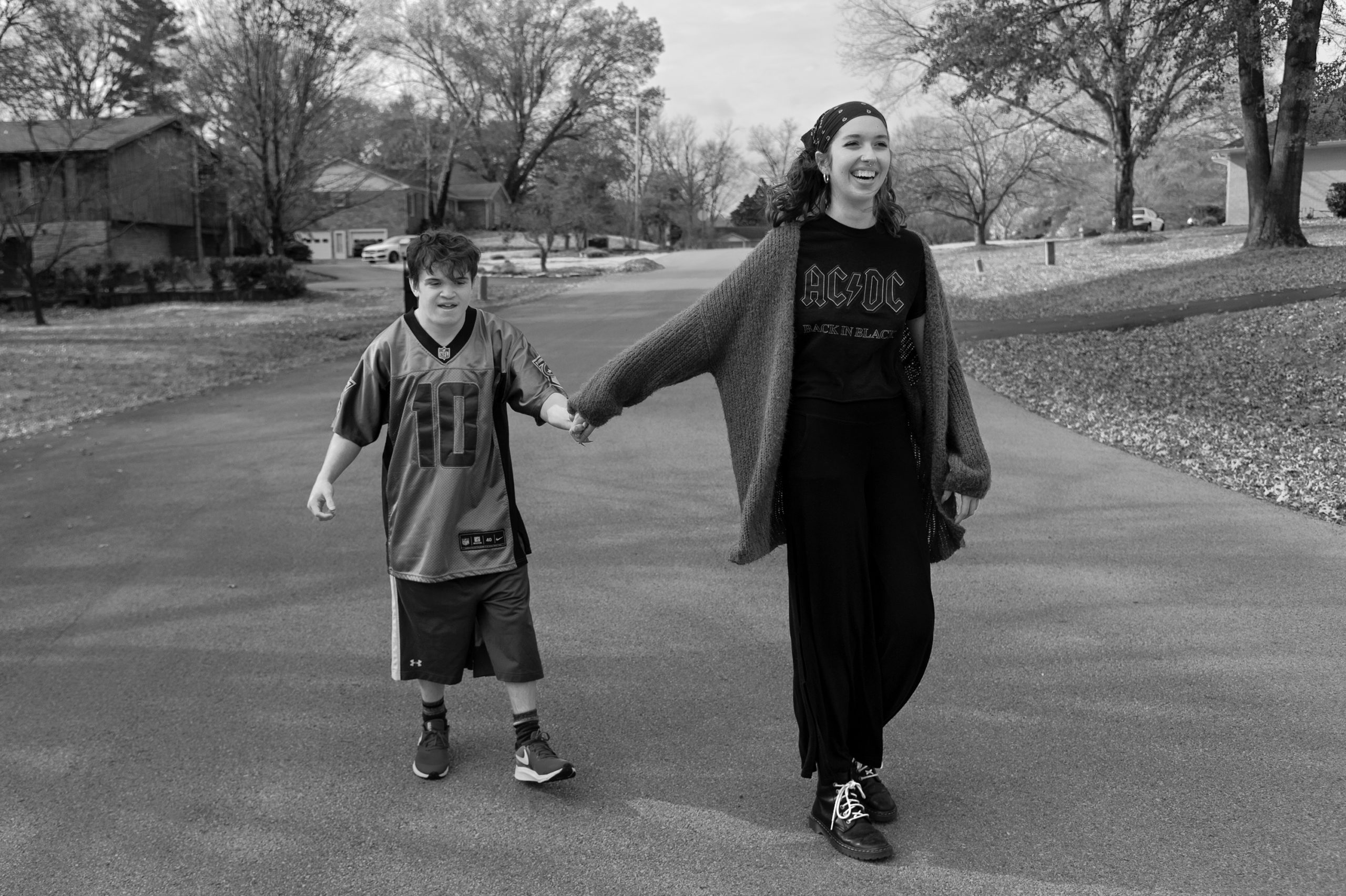
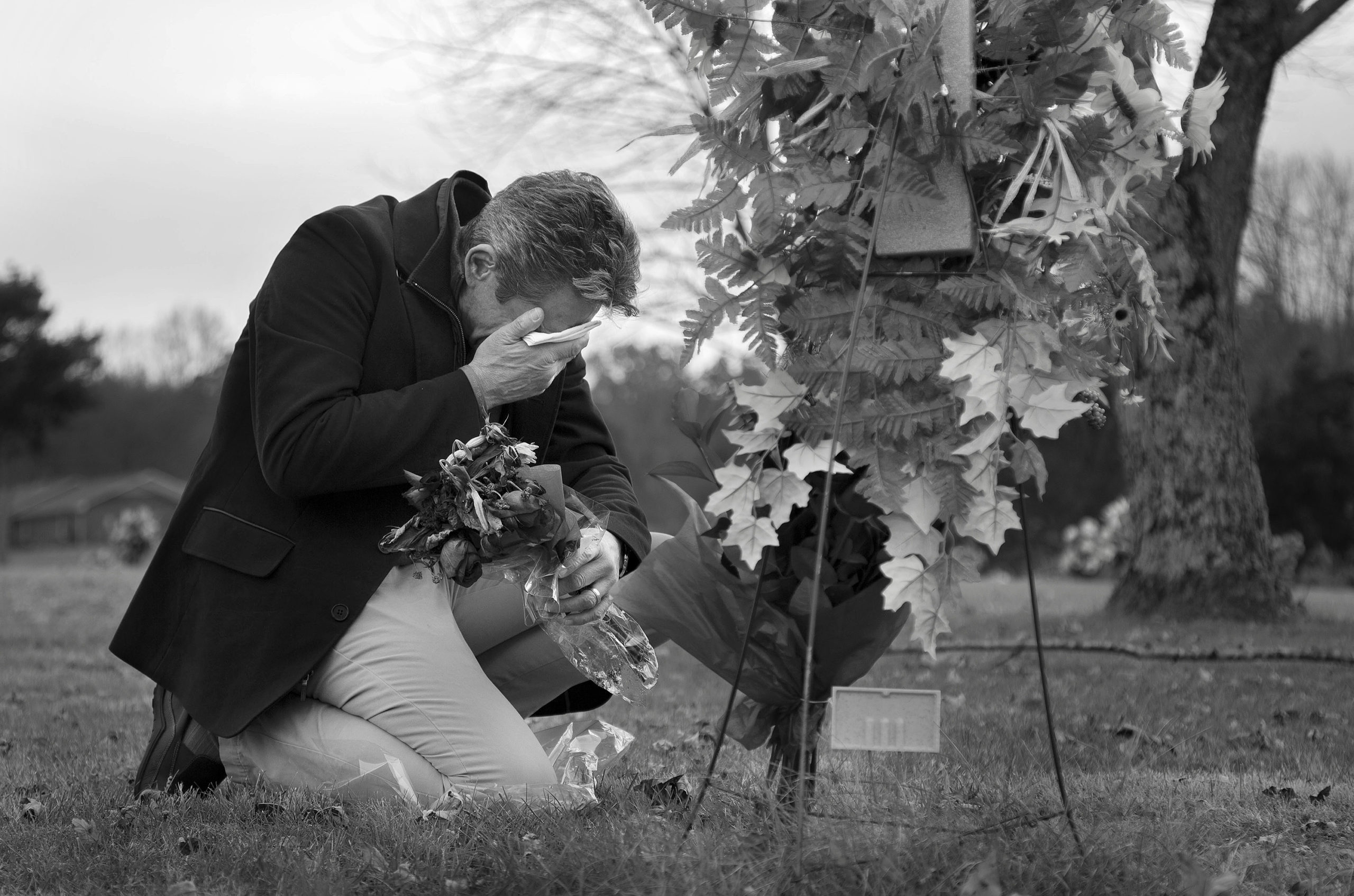
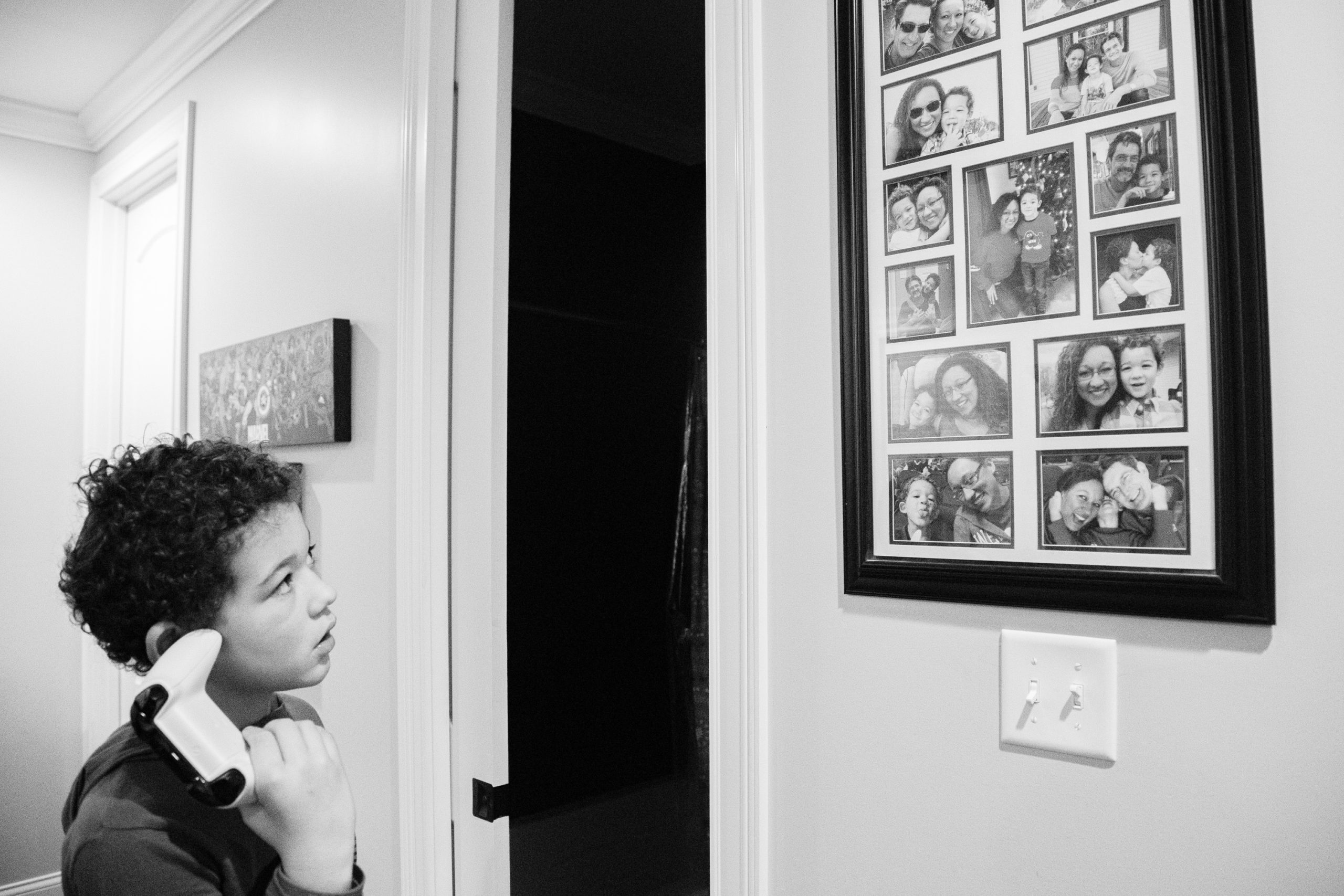
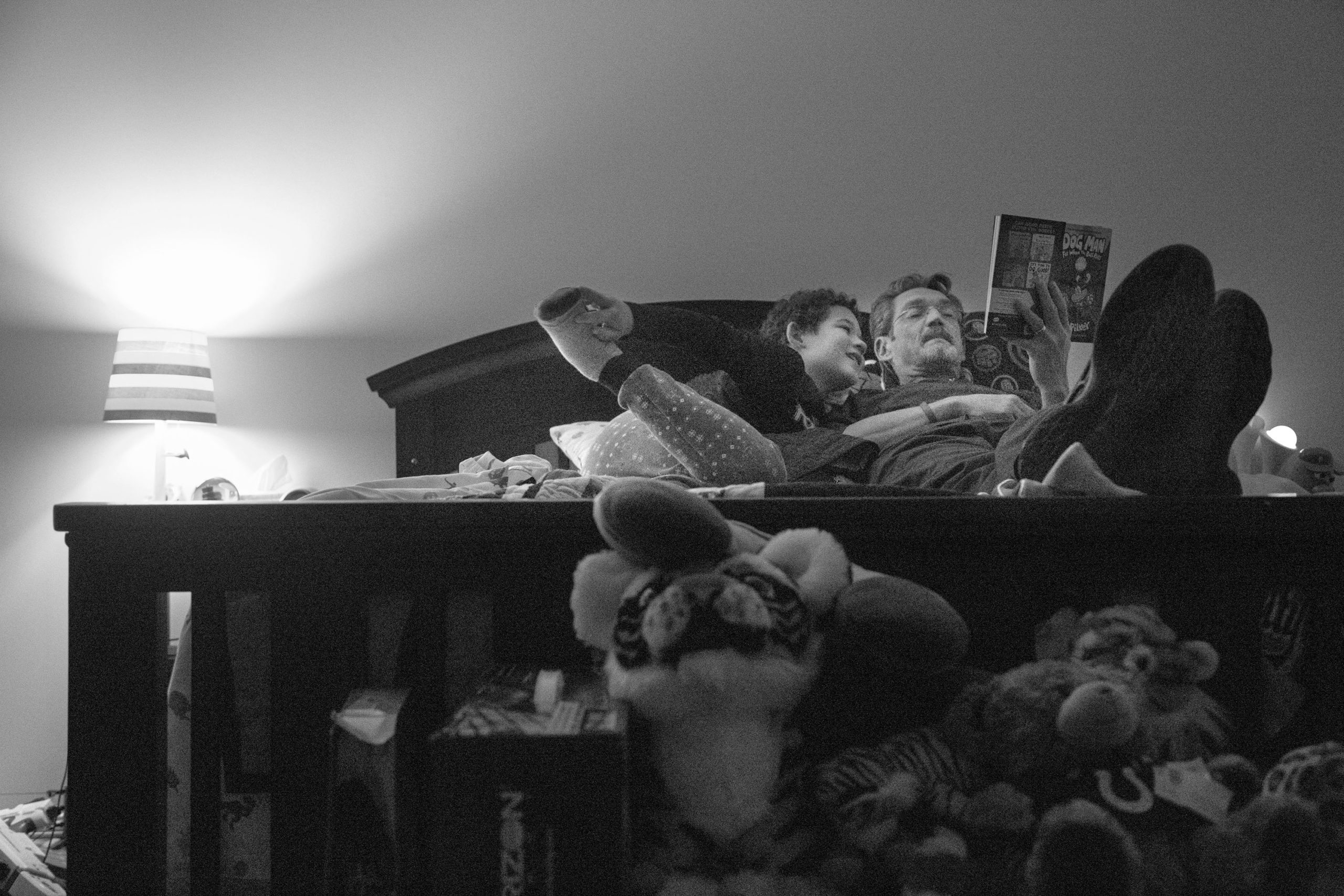
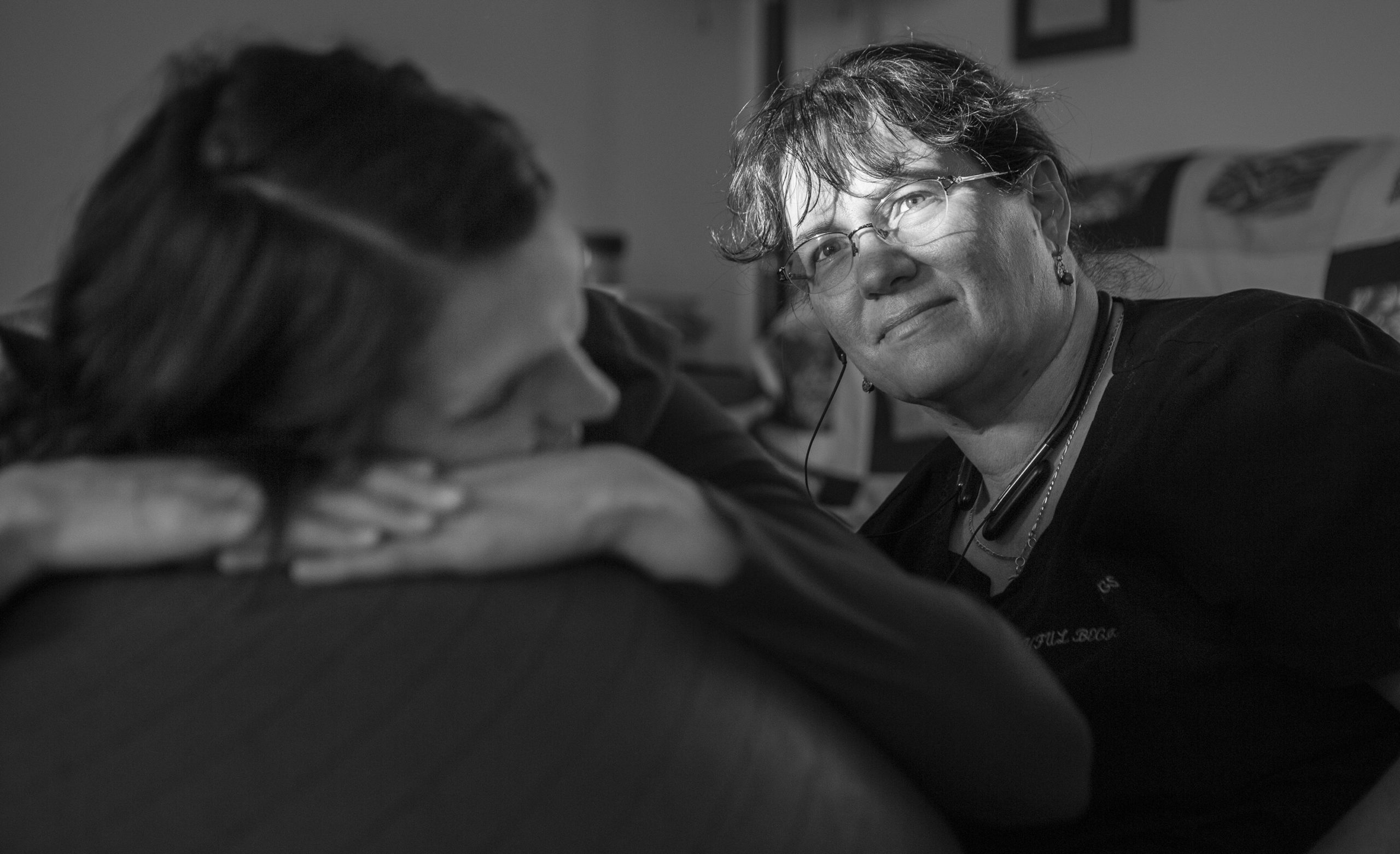 Tracey checks “baby noodle’s” heartbeat in Rosie Hunt’s belly. The couple didn’t pick a name for their baby until after the birth and lovingly referred to the baby as “baby noodle.”
Tracey checks “baby noodle’s” heartbeat in Rosie Hunt’s belly. The couple didn’t pick a name for their baby until after the birth and lovingly referred to the baby as “baby noodle.”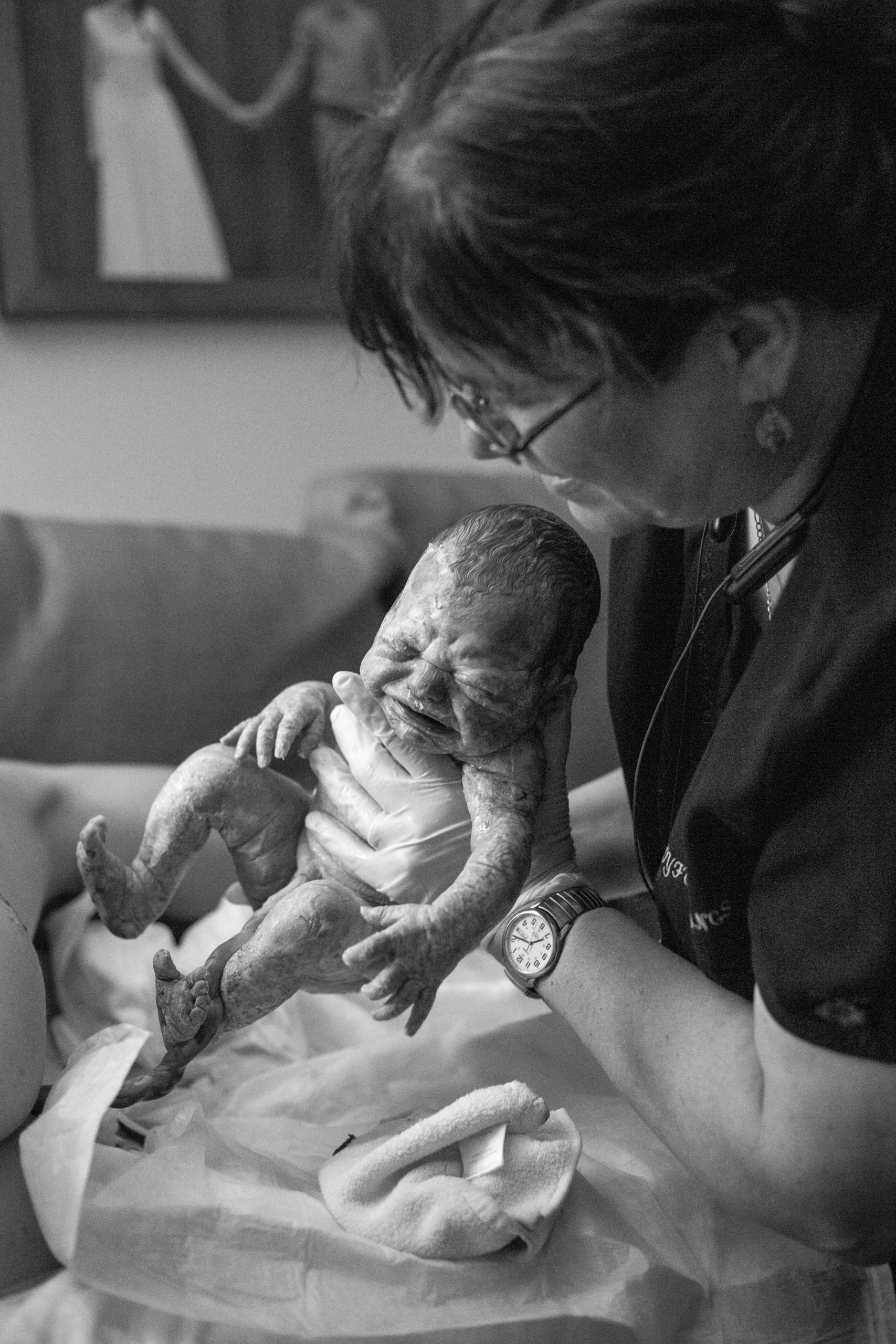 June Hunt was born at 7:13 p.m. on Nov. 8, 2019 to Rosie and Alex Hunt. June was born on the same couch her older sister was born a couple of years before.
June Hunt was born at 7:13 p.m. on Nov. 8, 2019 to Rosie and Alex Hunt. June was born on the same couch her older sister was born a couple of years before.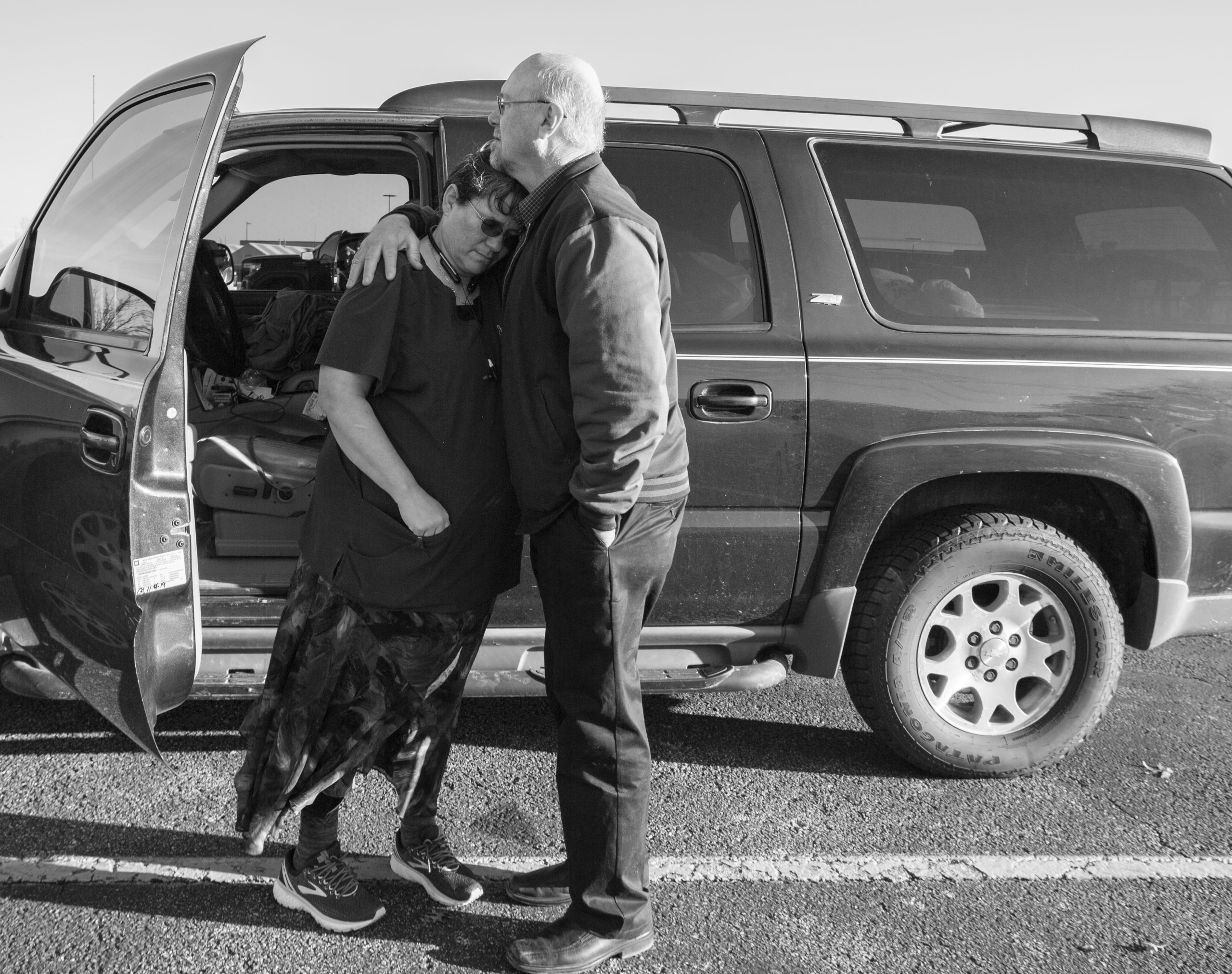 Tracey leans on her husband for comfort after telling him about a complicated and upsetting birth she had attended hours before. She had to leave the house early in the morning to attend to the birth, and missed church and an outing with her family due to midwifery commitments. “For us, faith in christ has been the solid rock we’ve needed, because it’s not been always been easy,” David said. “That faith has helped us have grace. When couples have hard times, they can either break or build together. Midwifery has shown us in our hearts where we were at with each other and challenged us to be better in Christ.”
Tracey leans on her husband for comfort after telling him about a complicated and upsetting birth she had attended hours before. She had to leave the house early in the morning to attend to the birth, and missed church and an outing with her family due to midwifery commitments. “For us, faith in christ has been the solid rock we’ve needed, because it’s not been always been easy,” David said. “That faith has helped us have grace. When couples have hard times, they can either break or build together. Midwifery has shown us in our hearts where we were at with each other and challenged us to be better in Christ.”